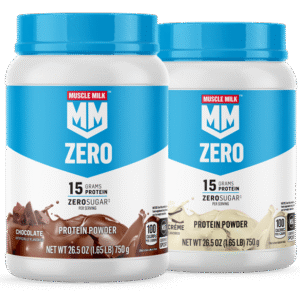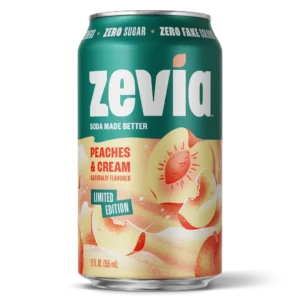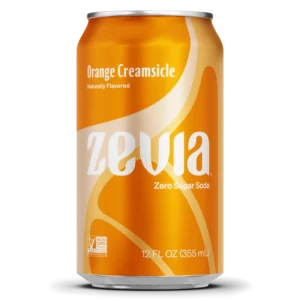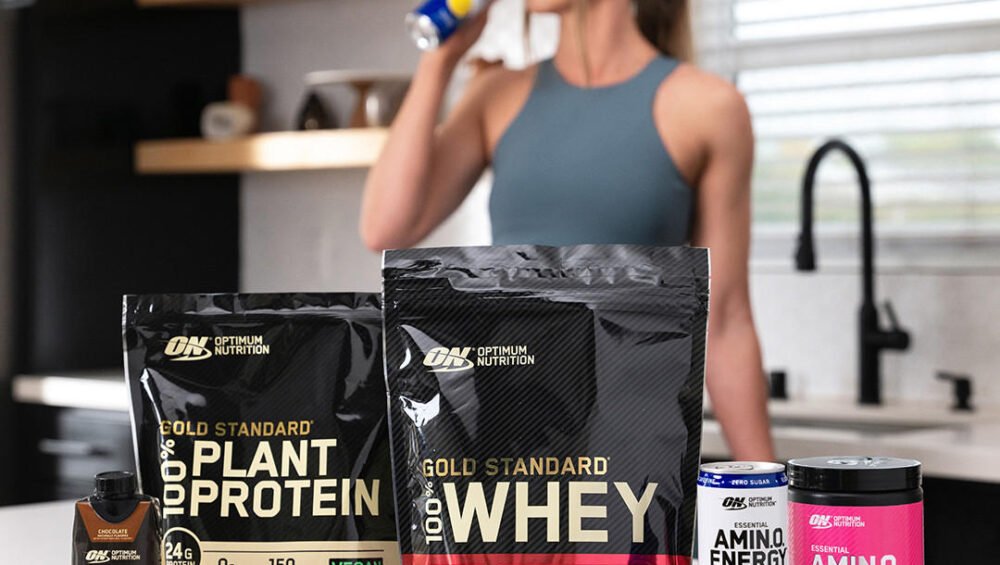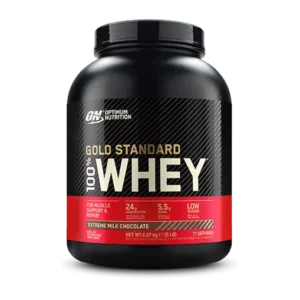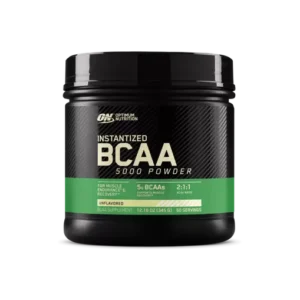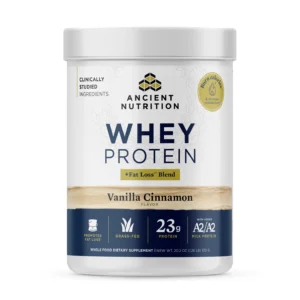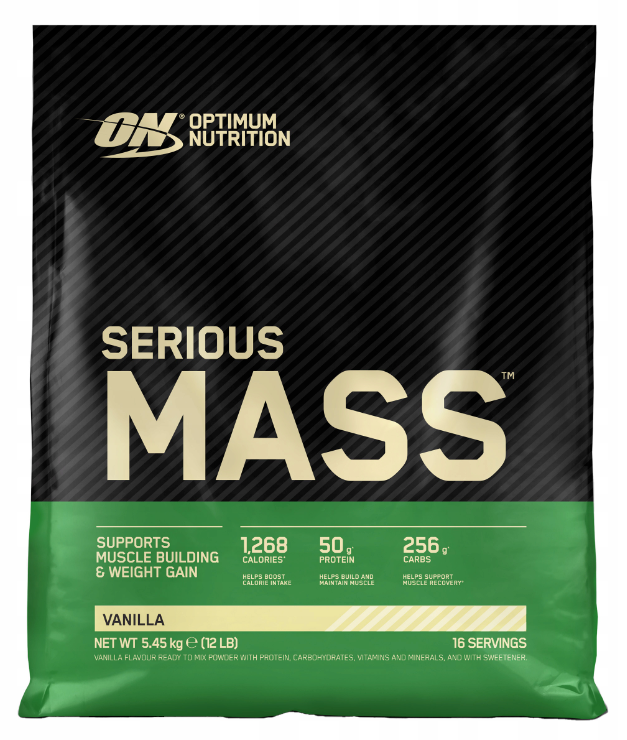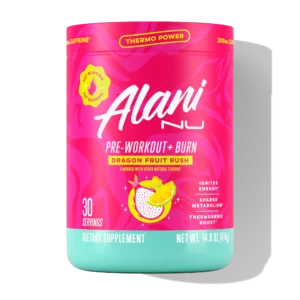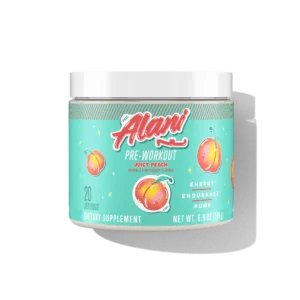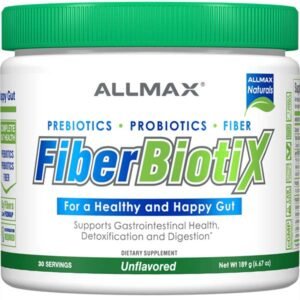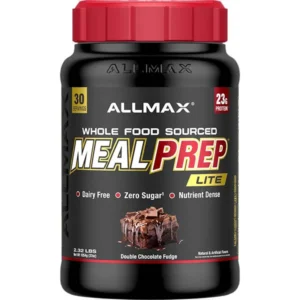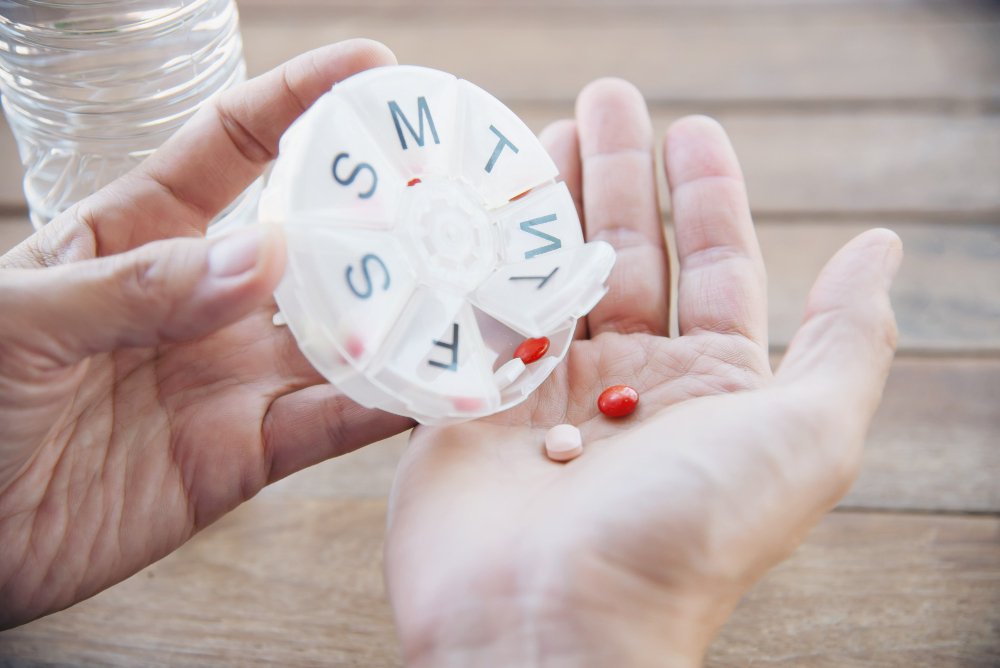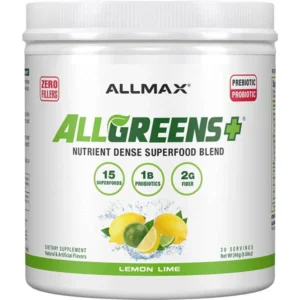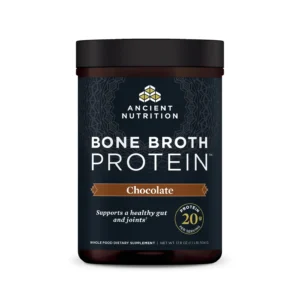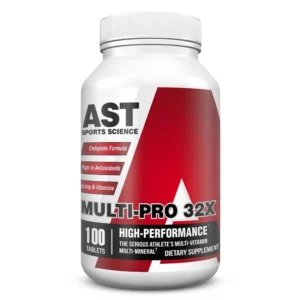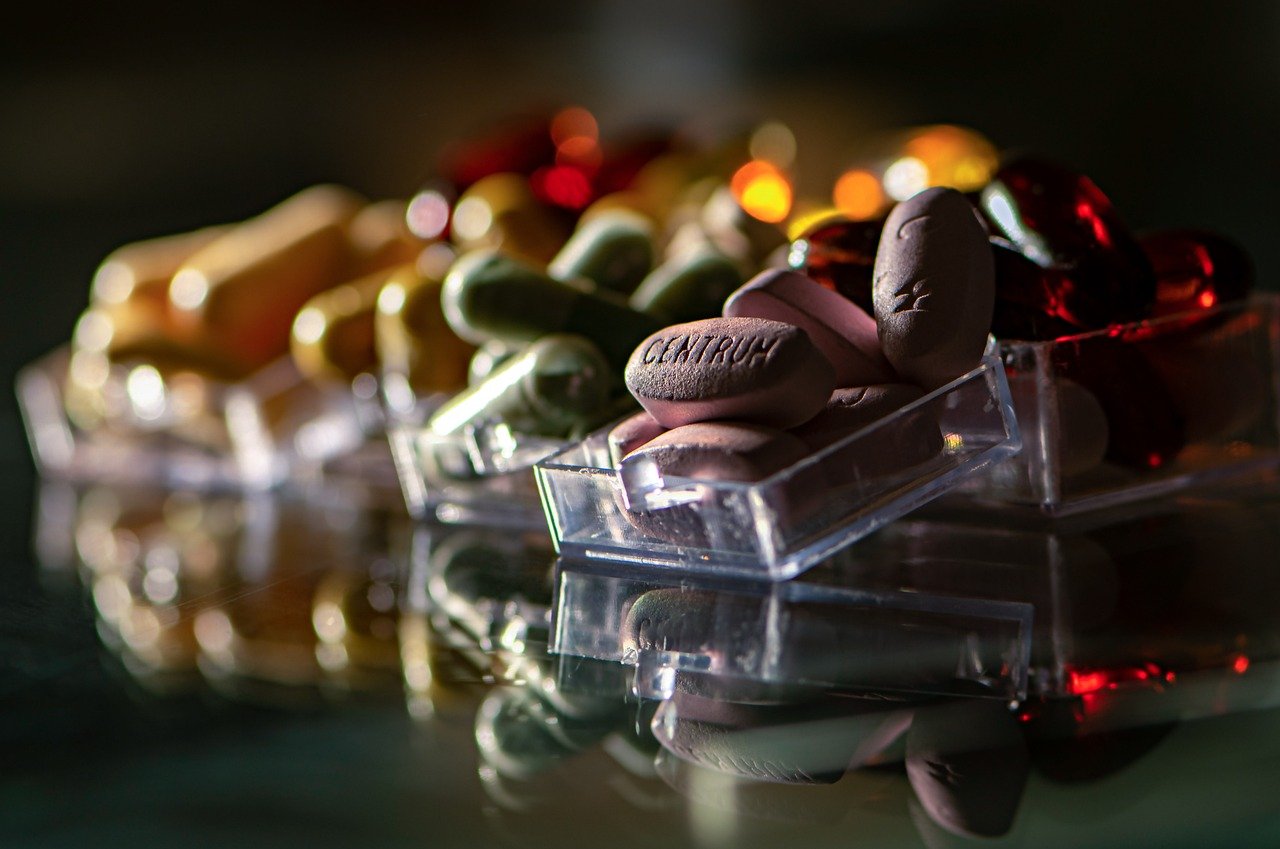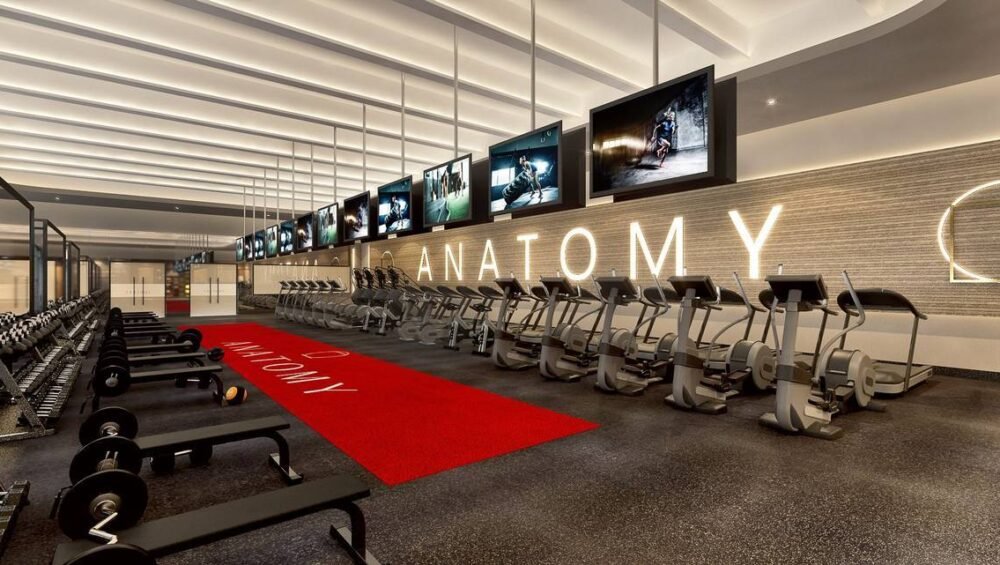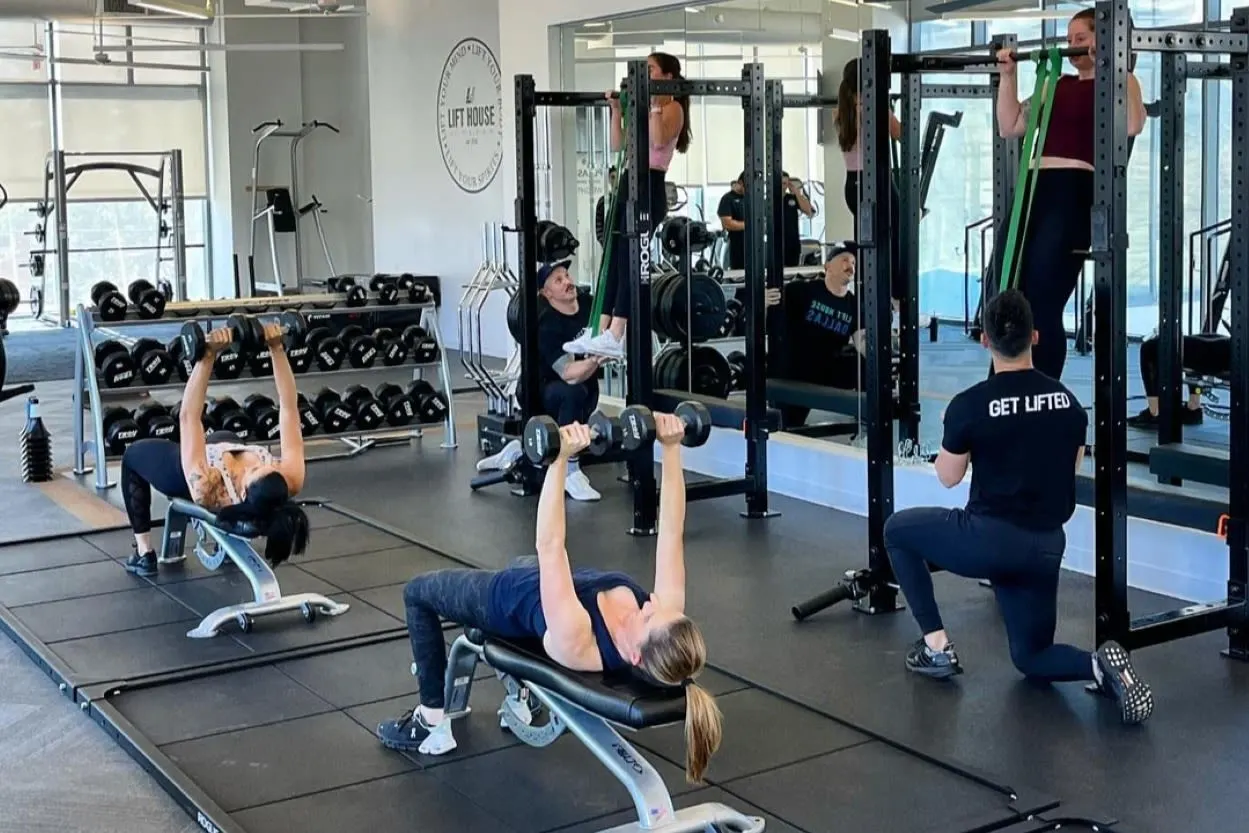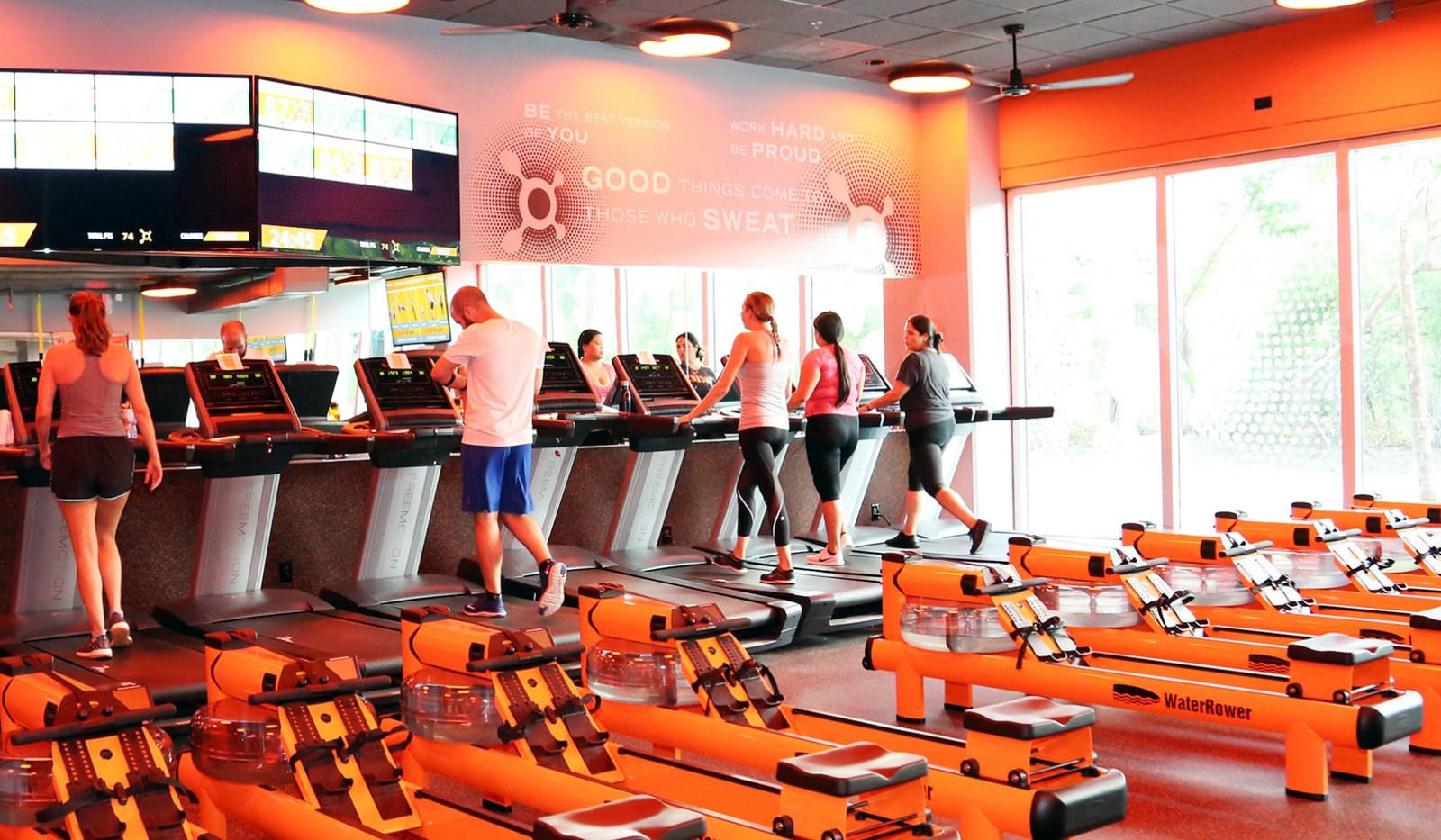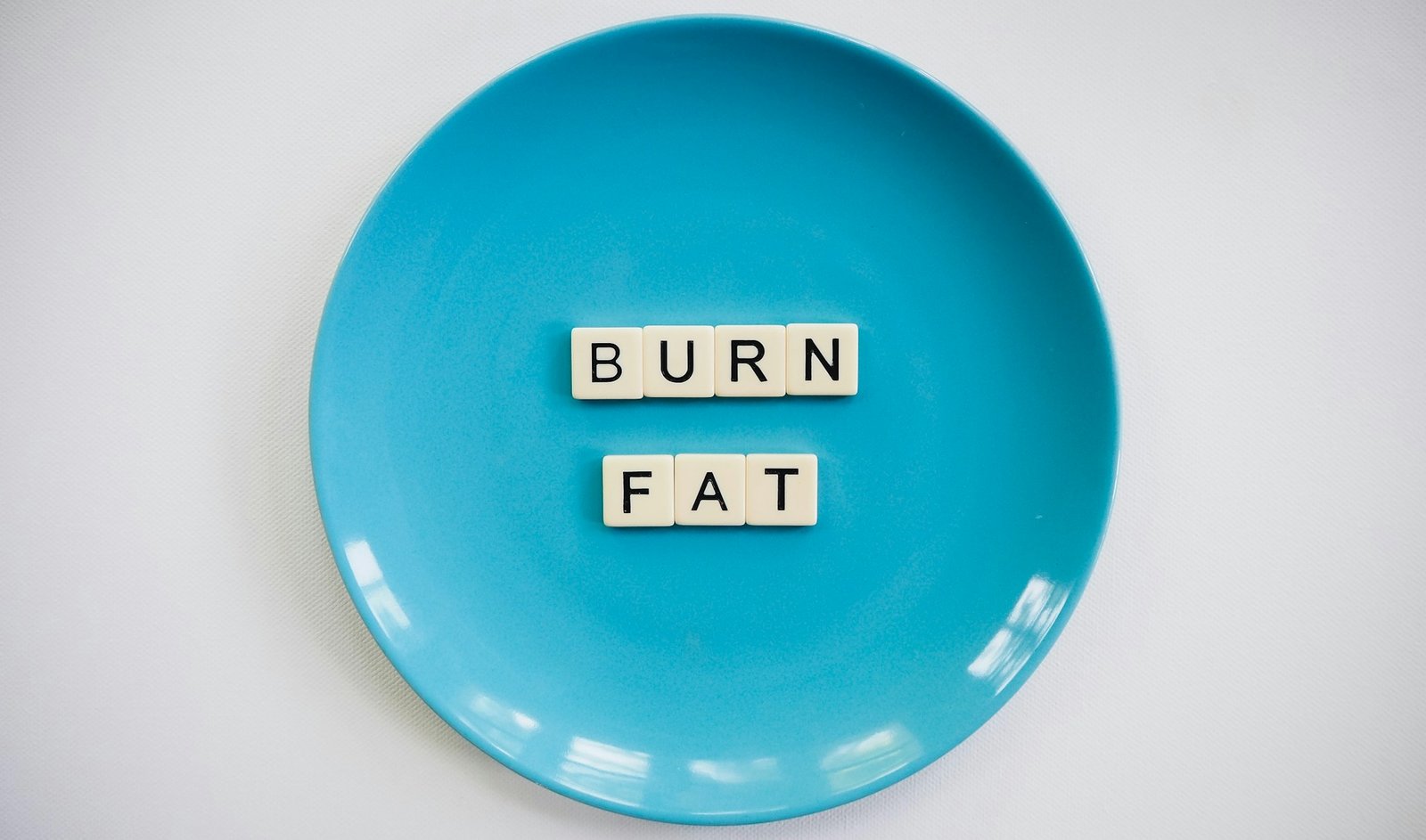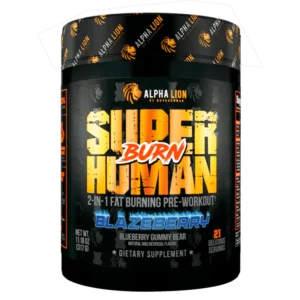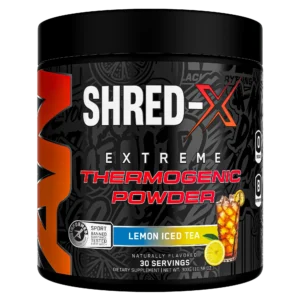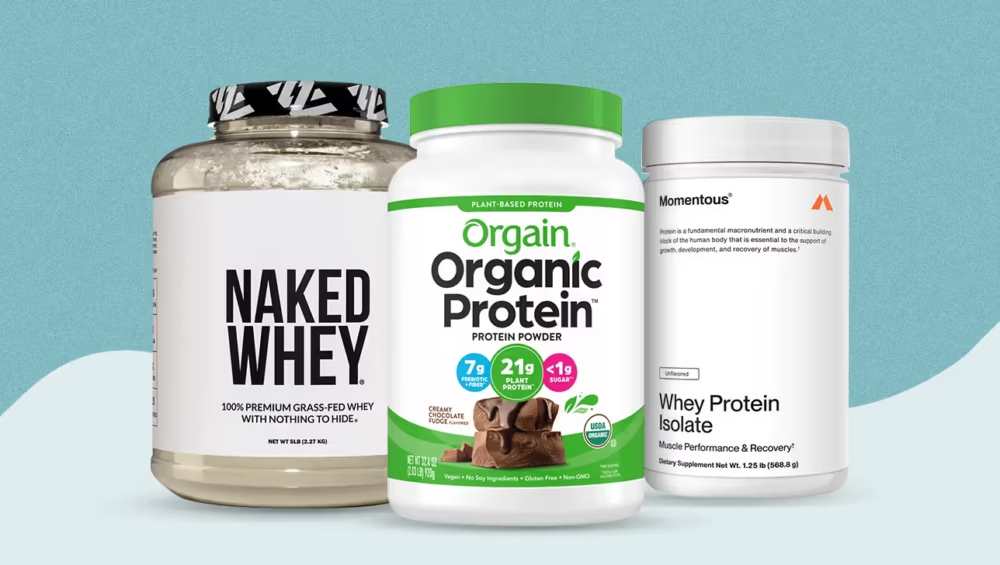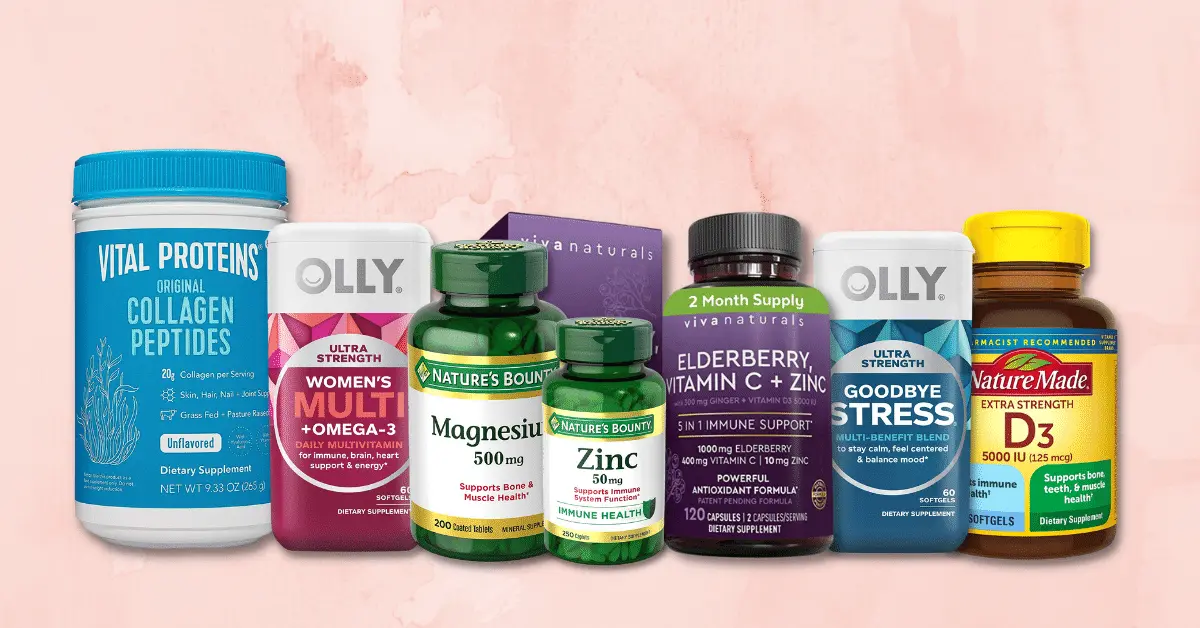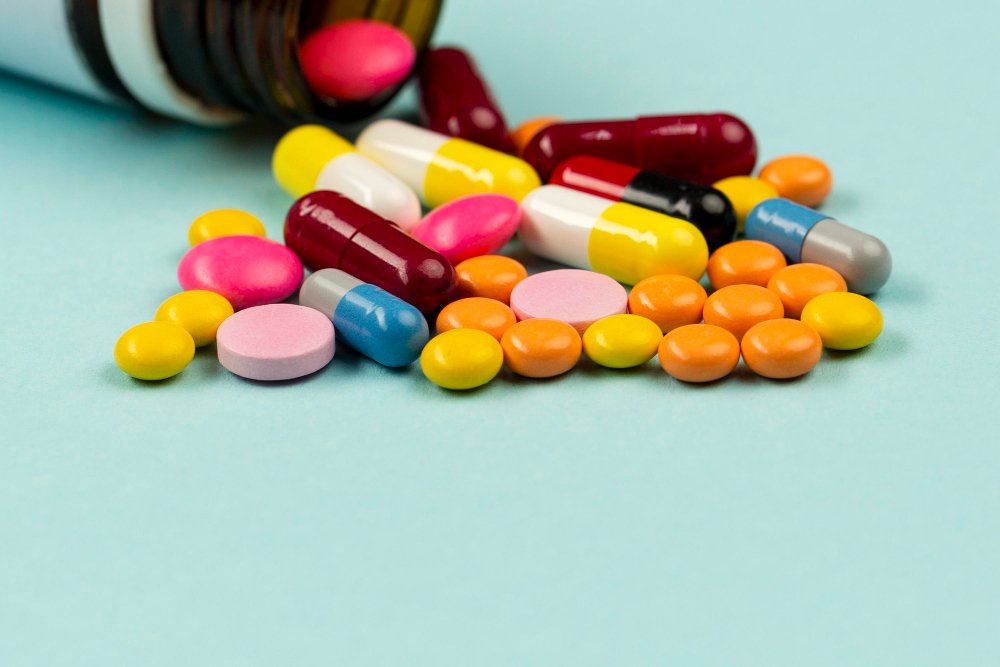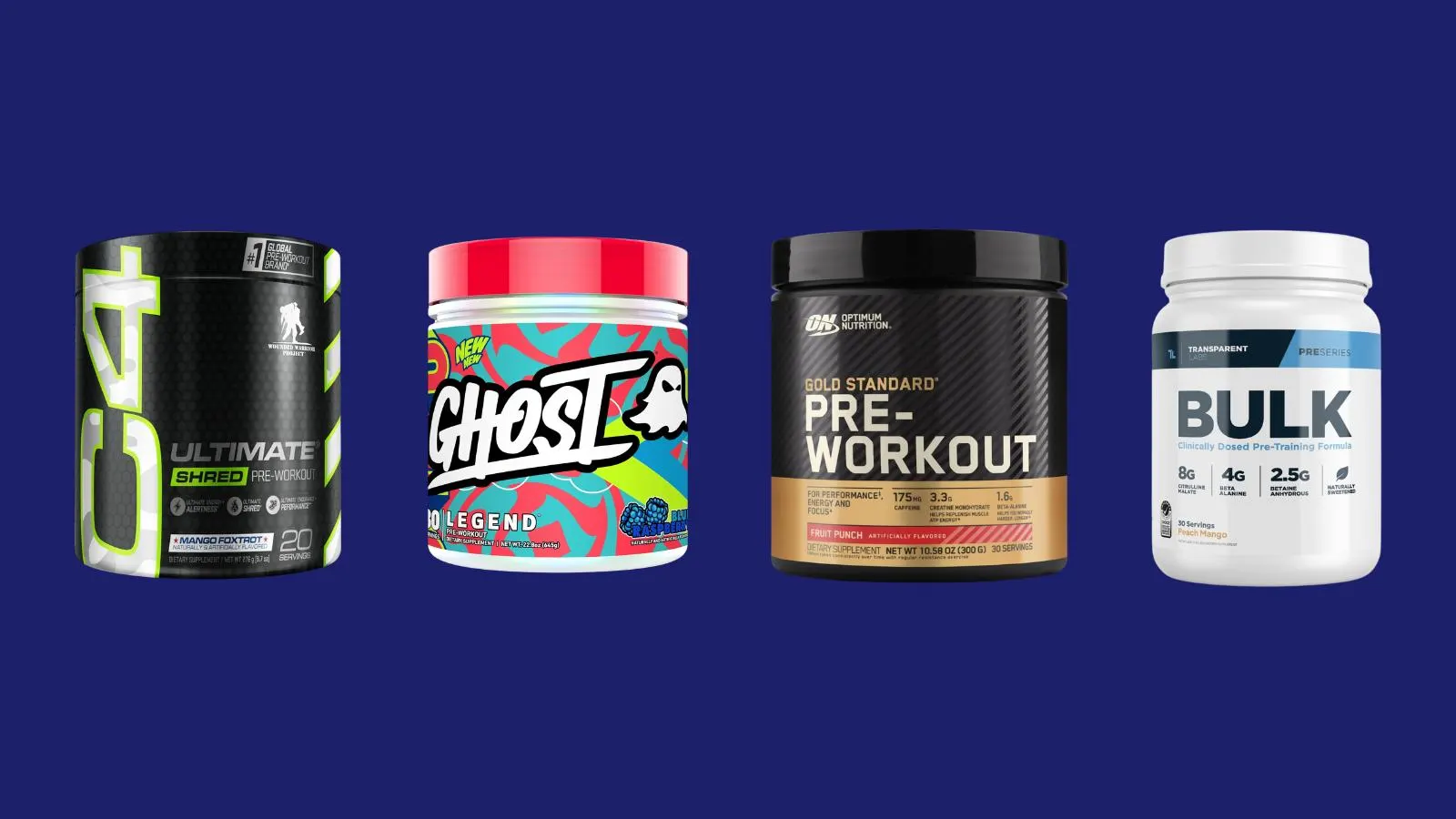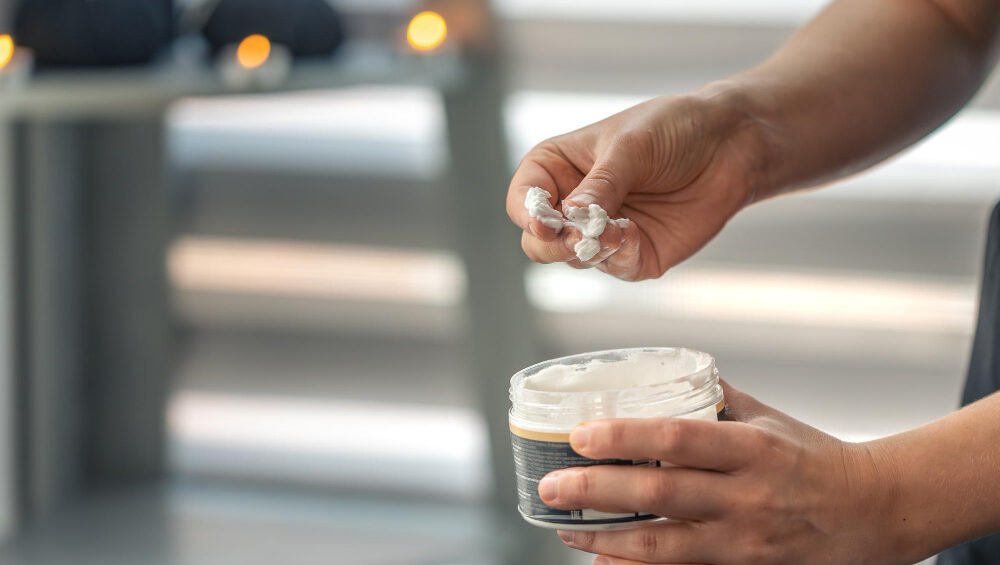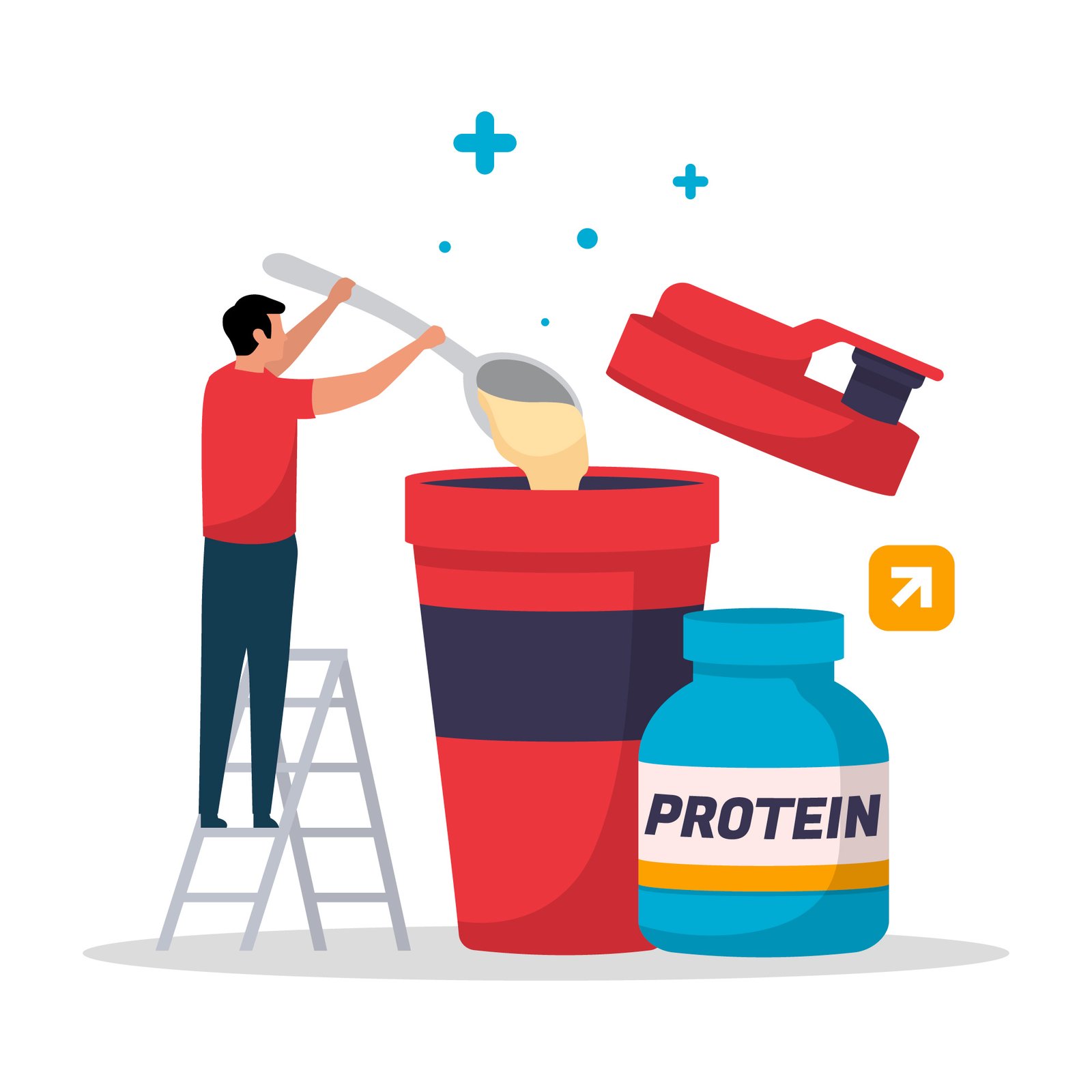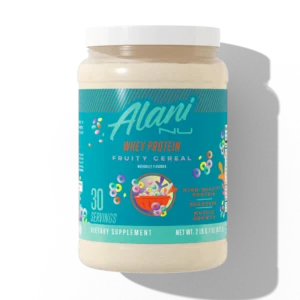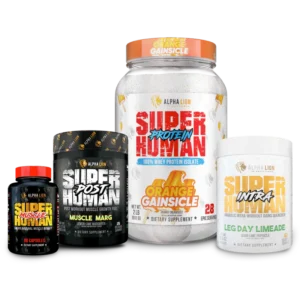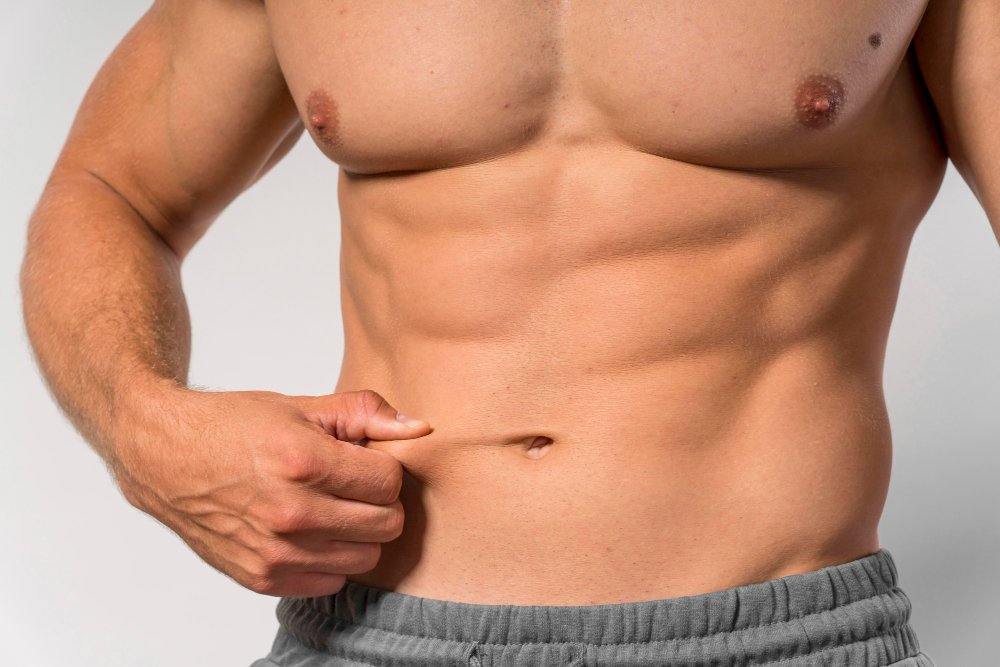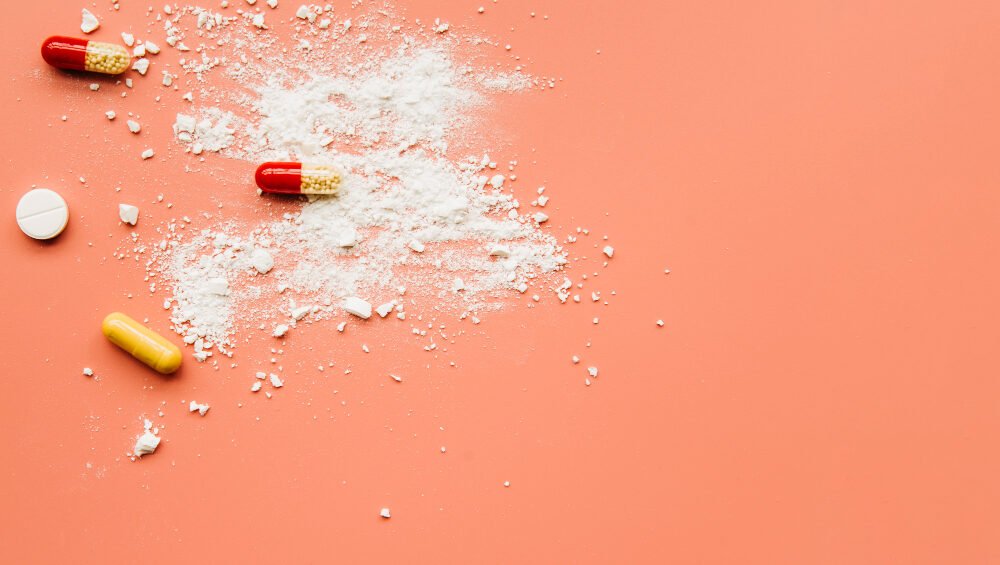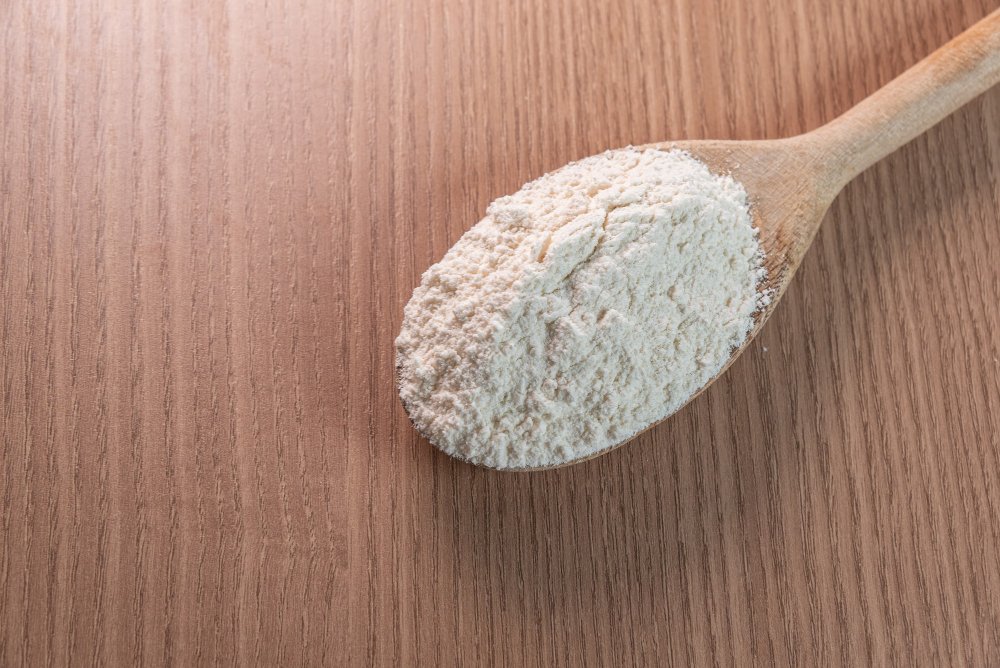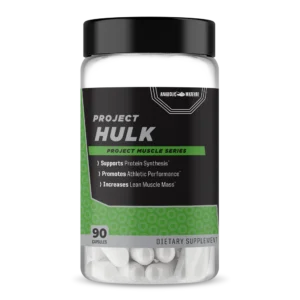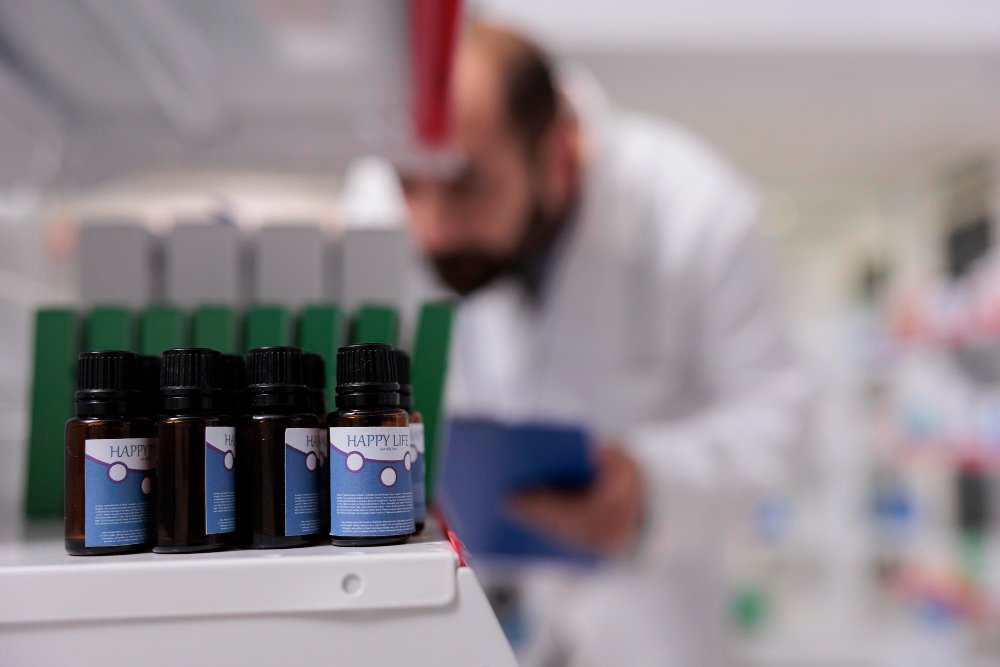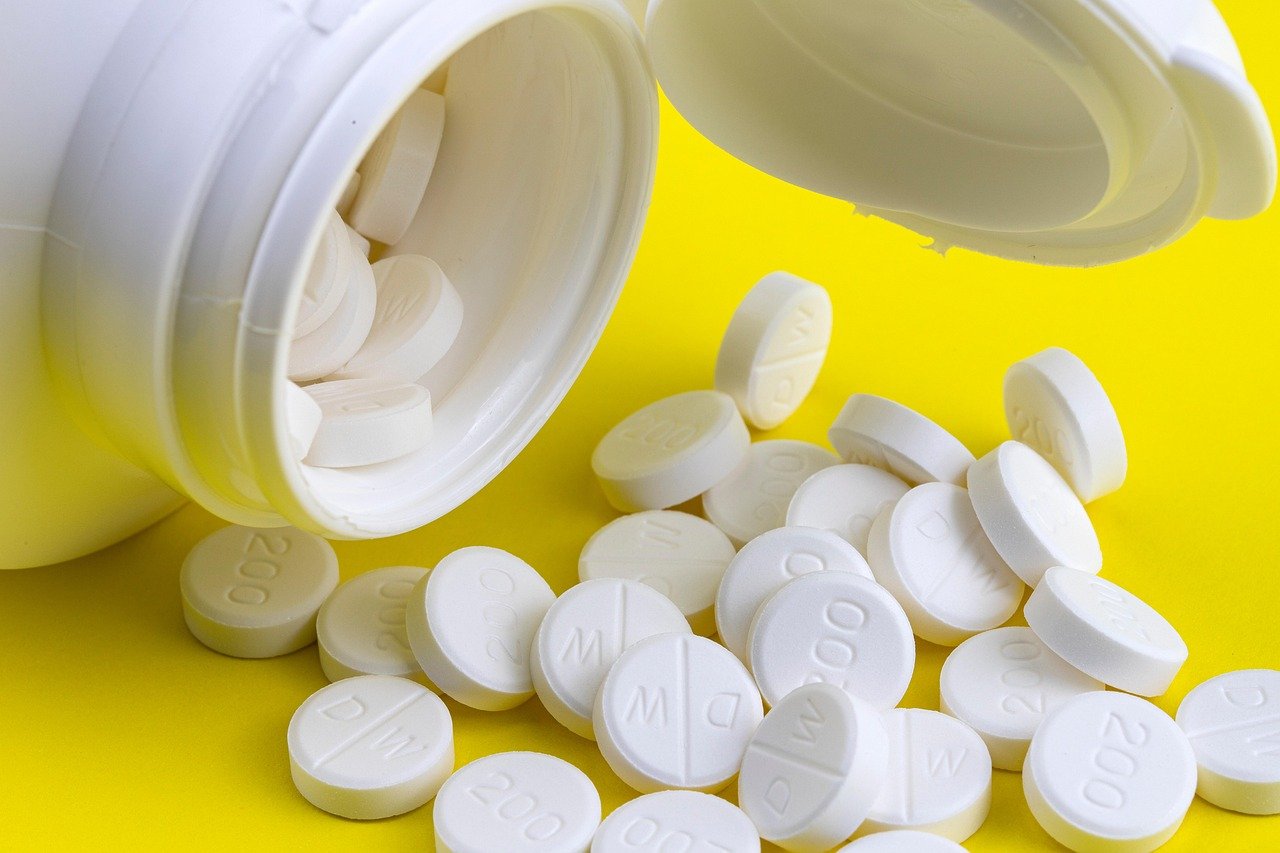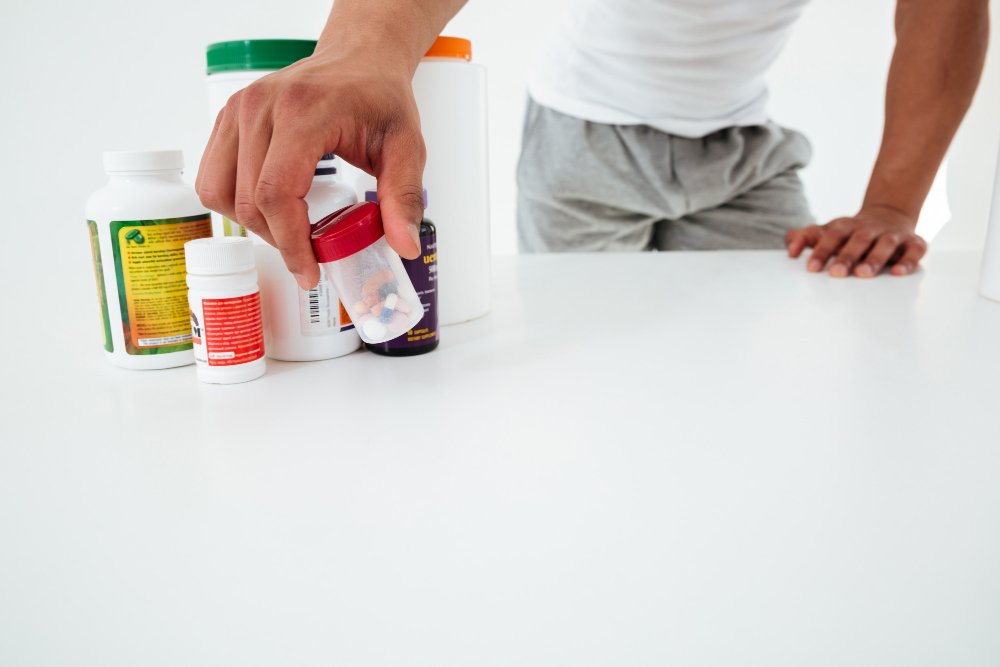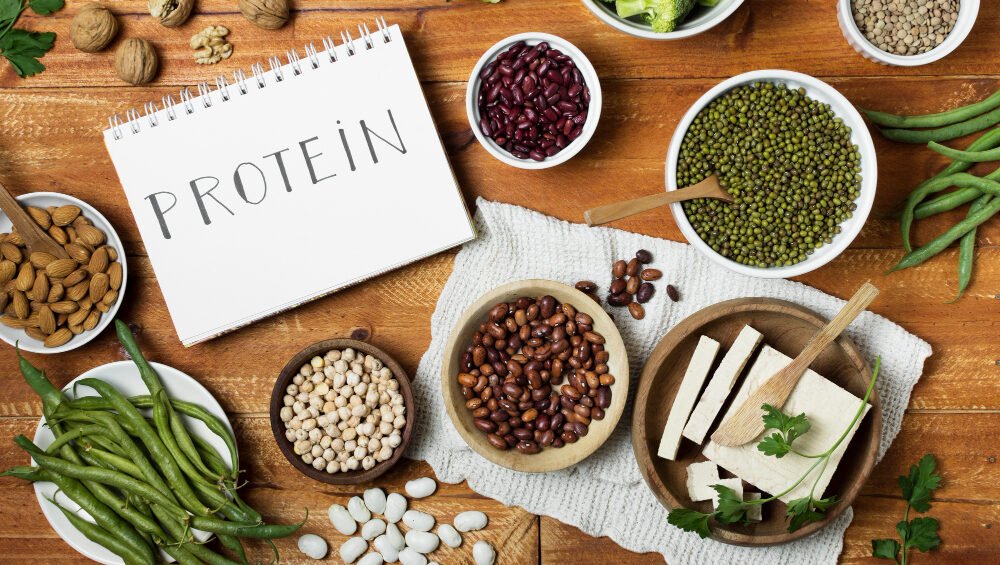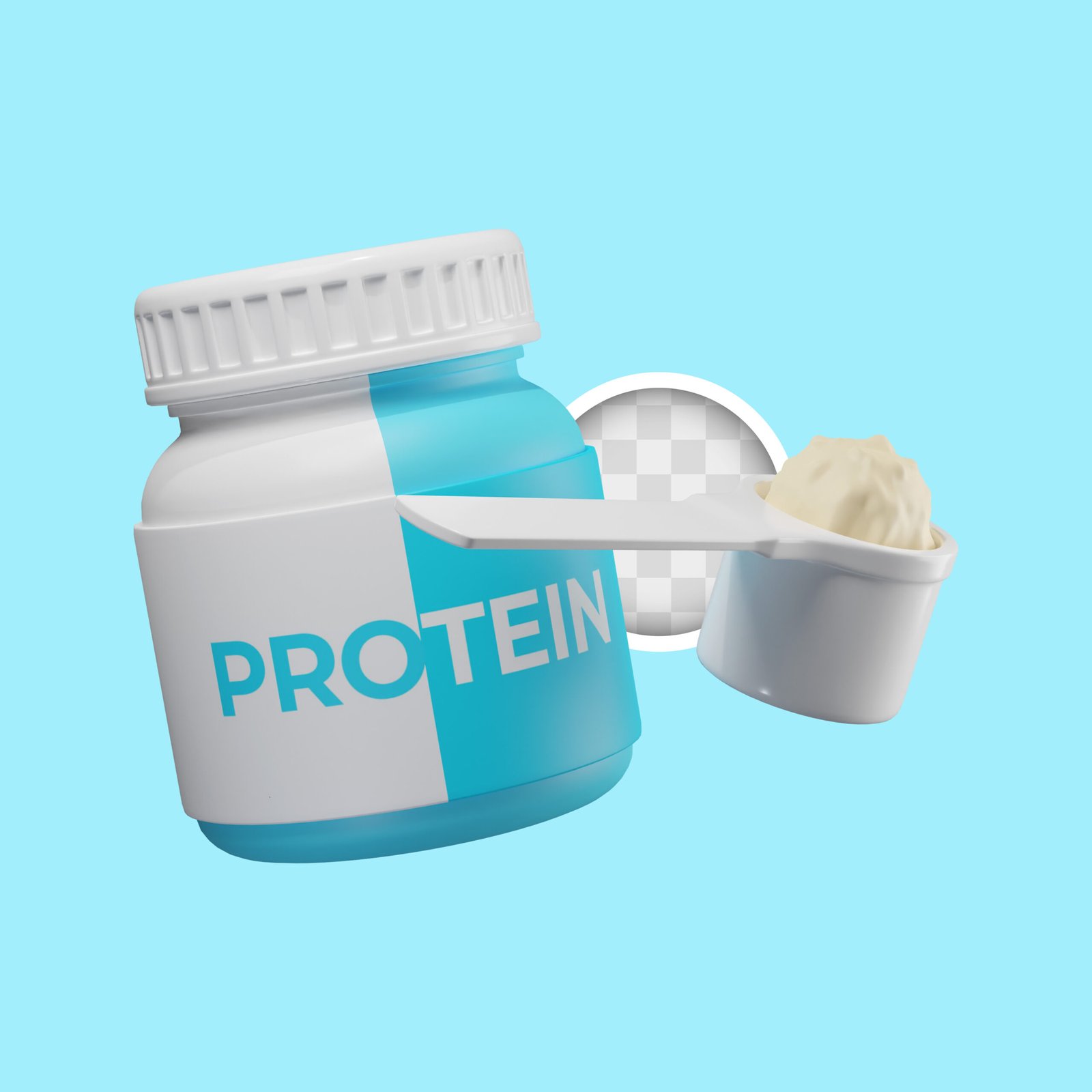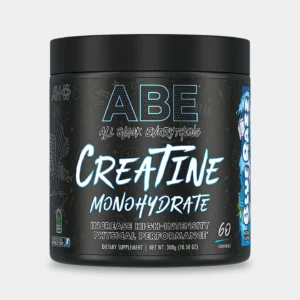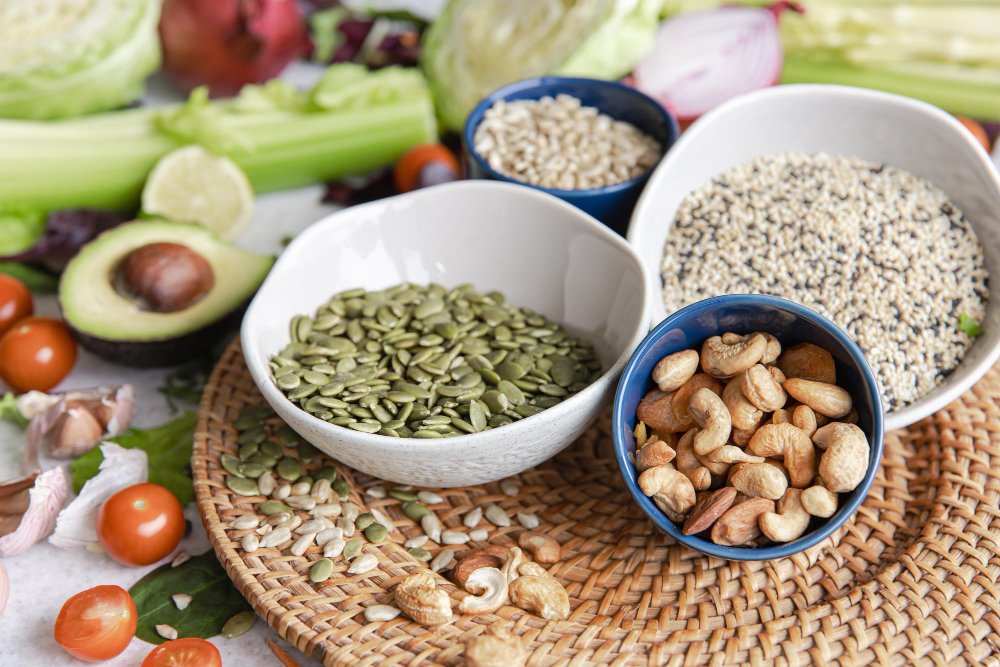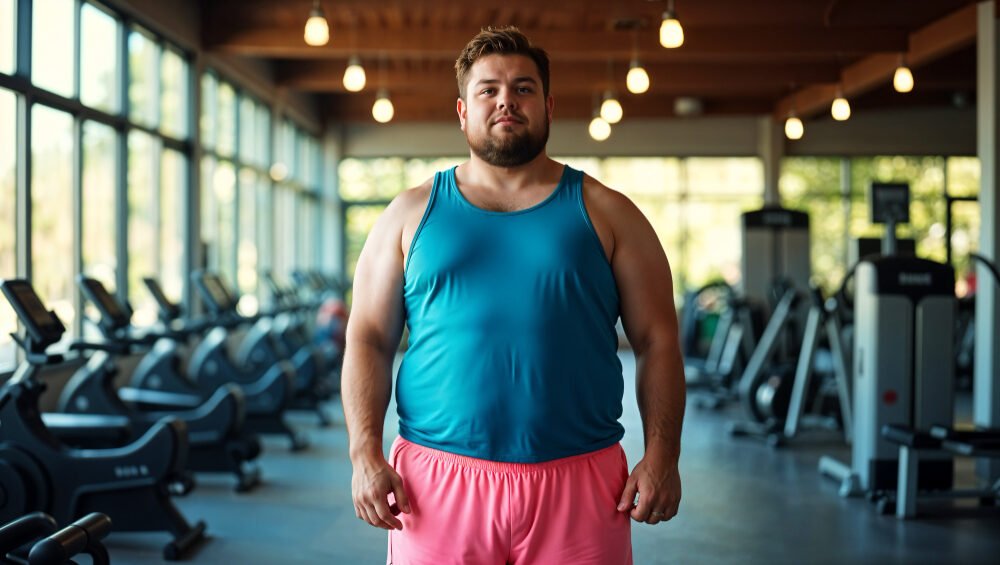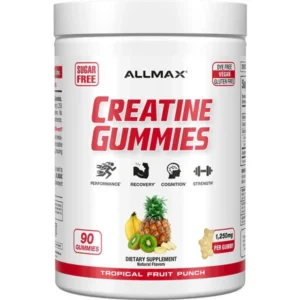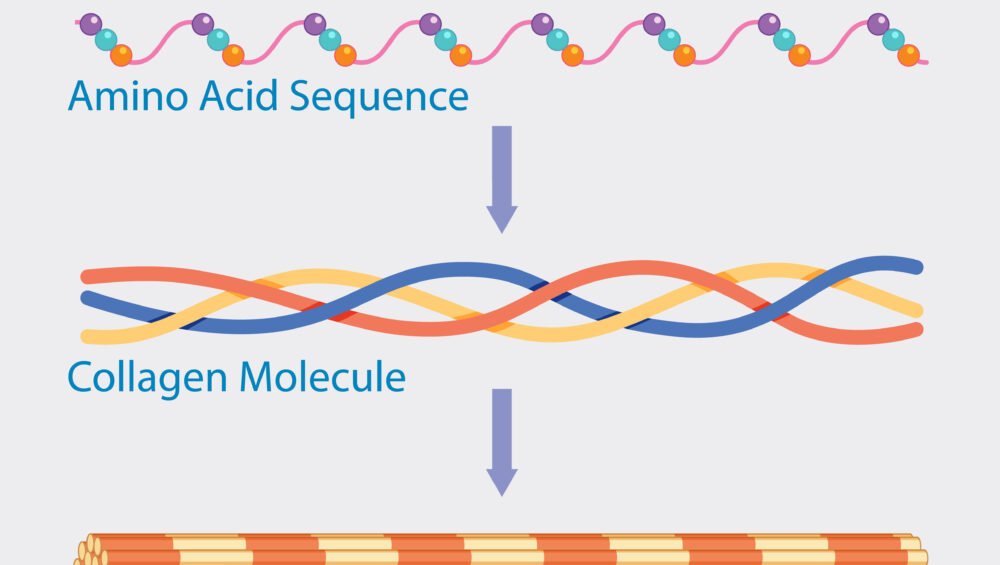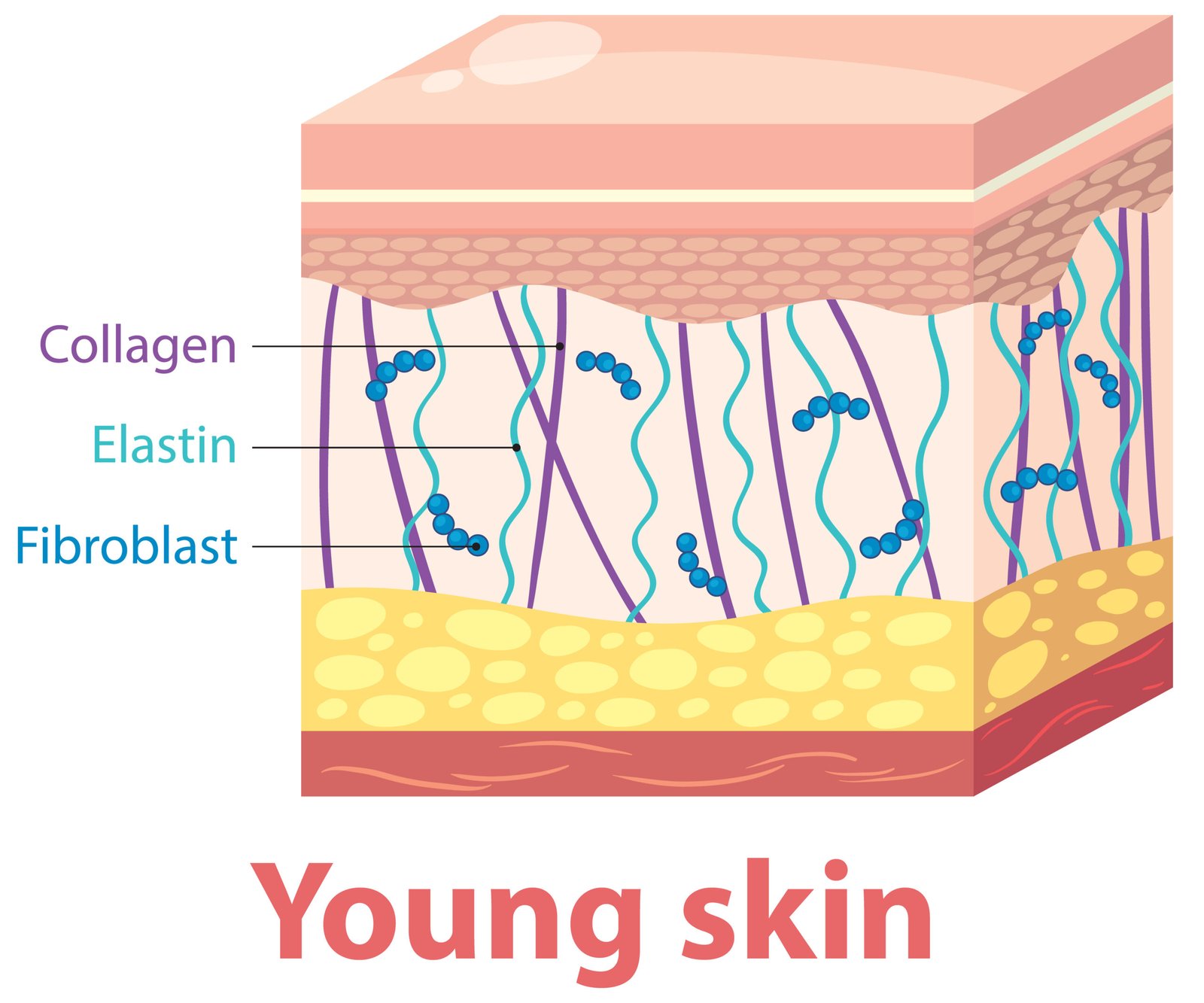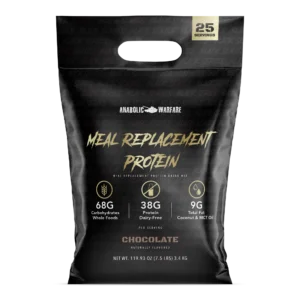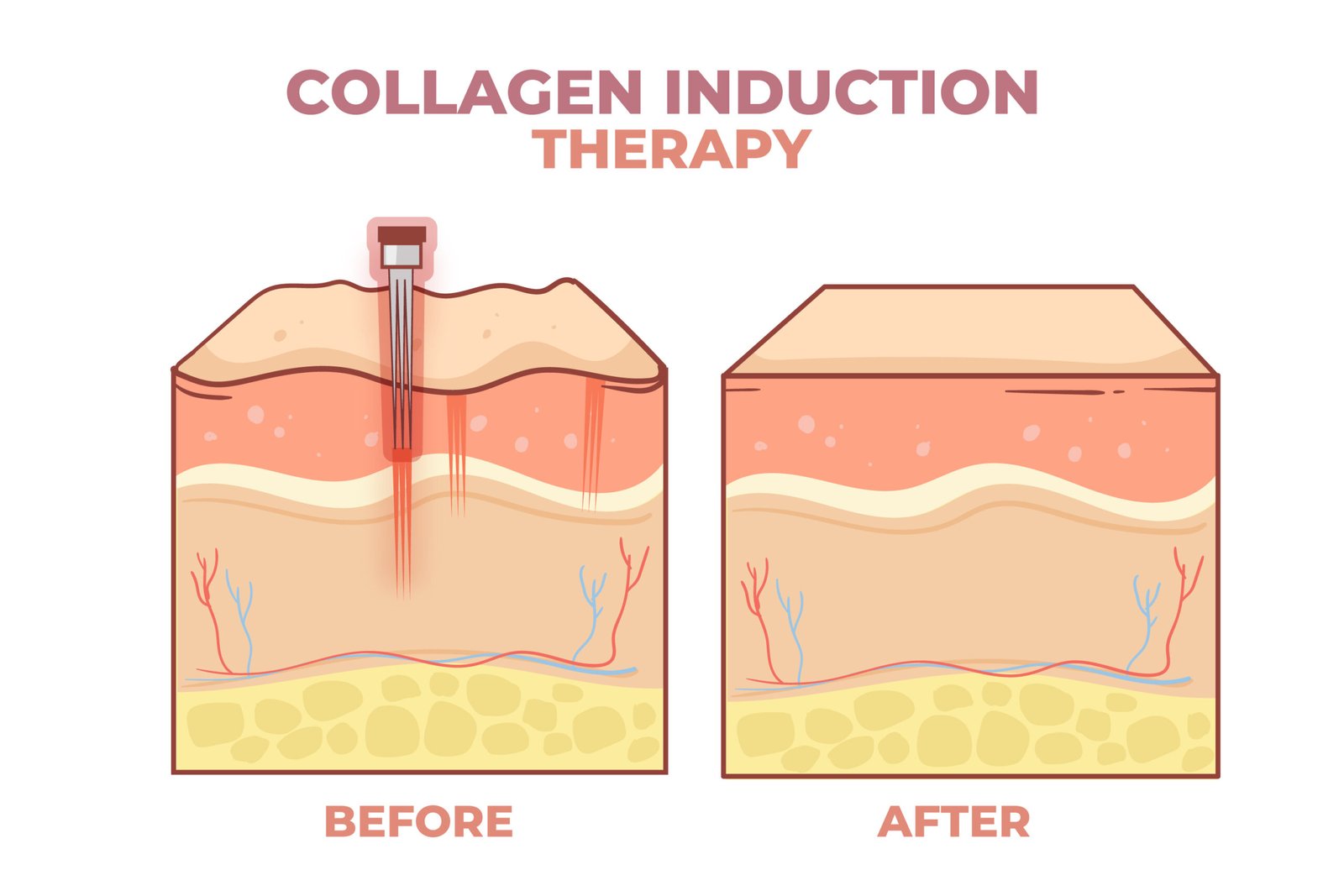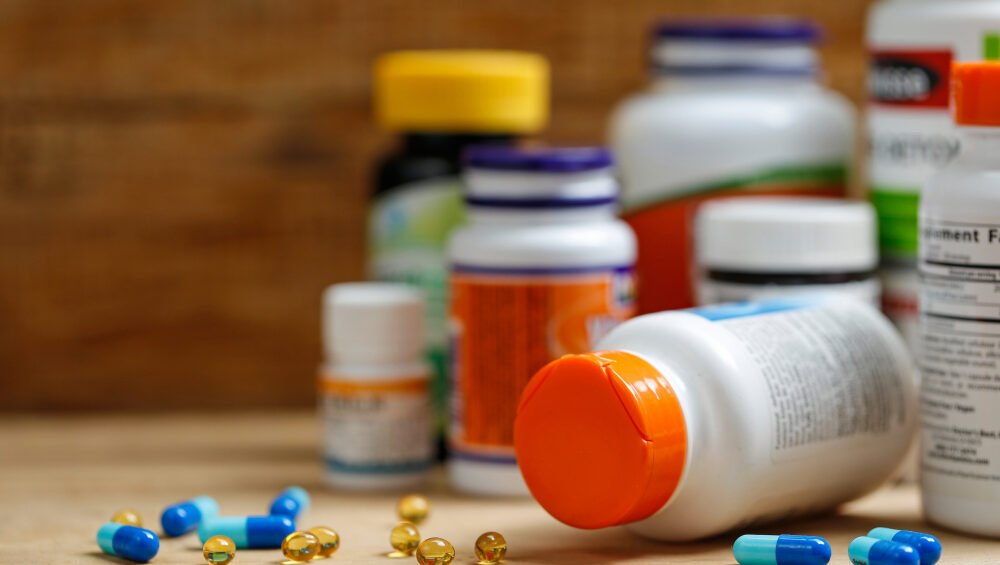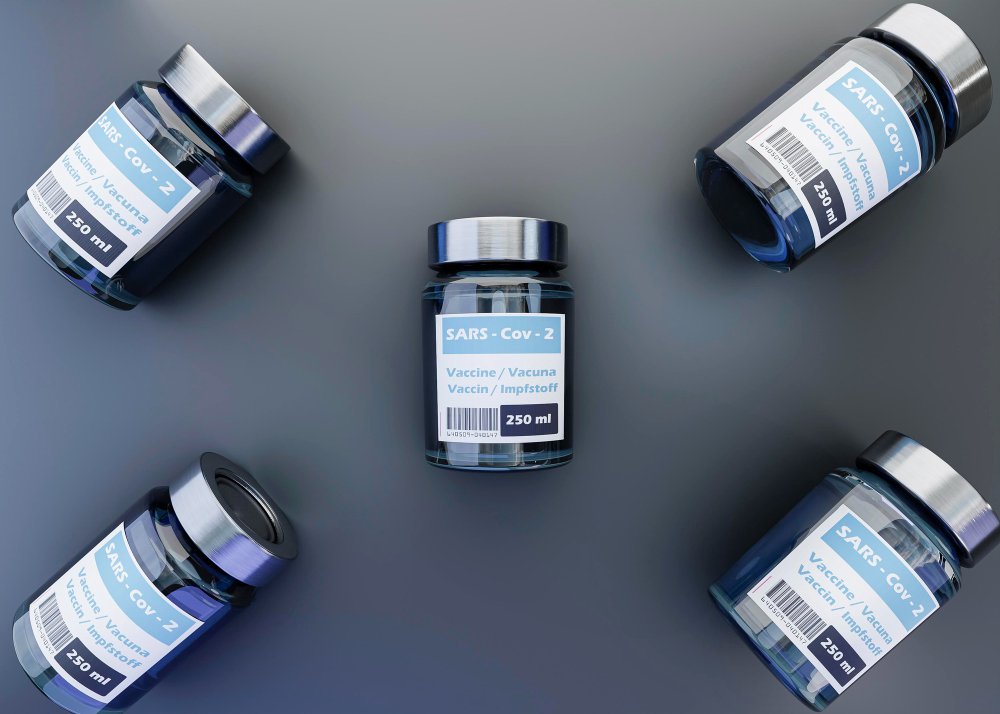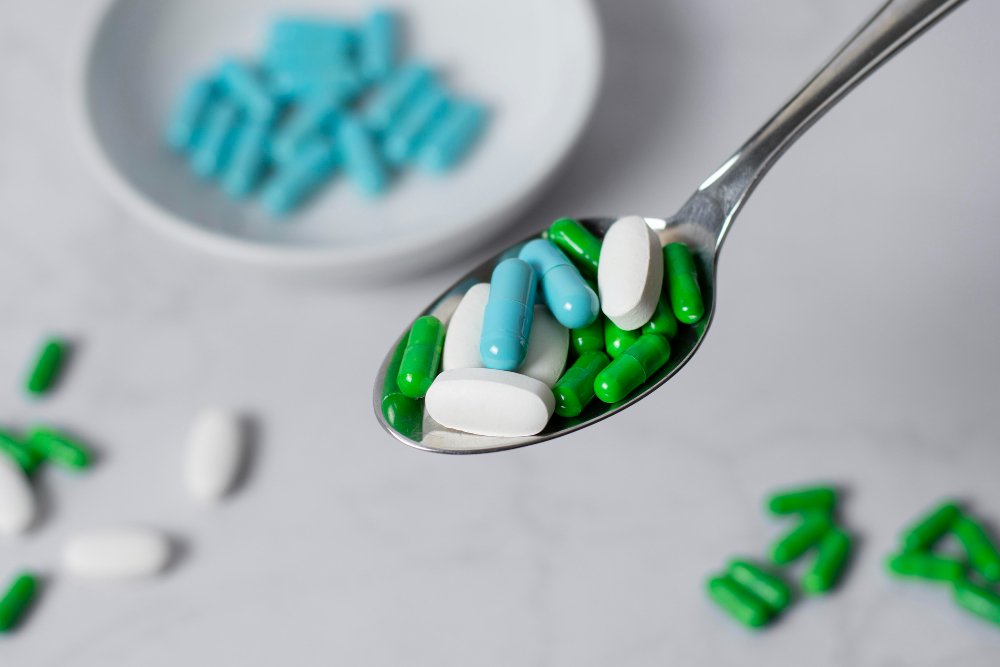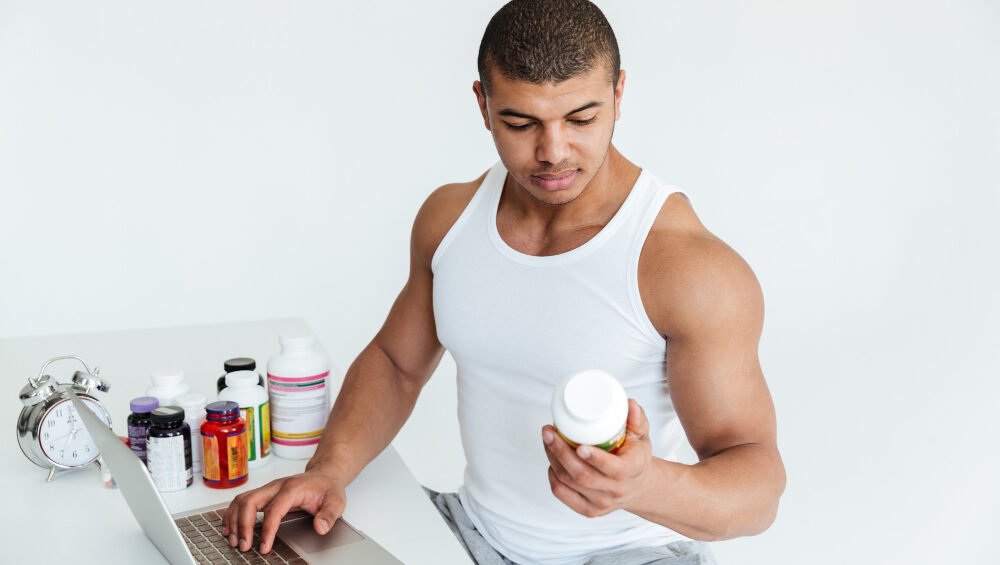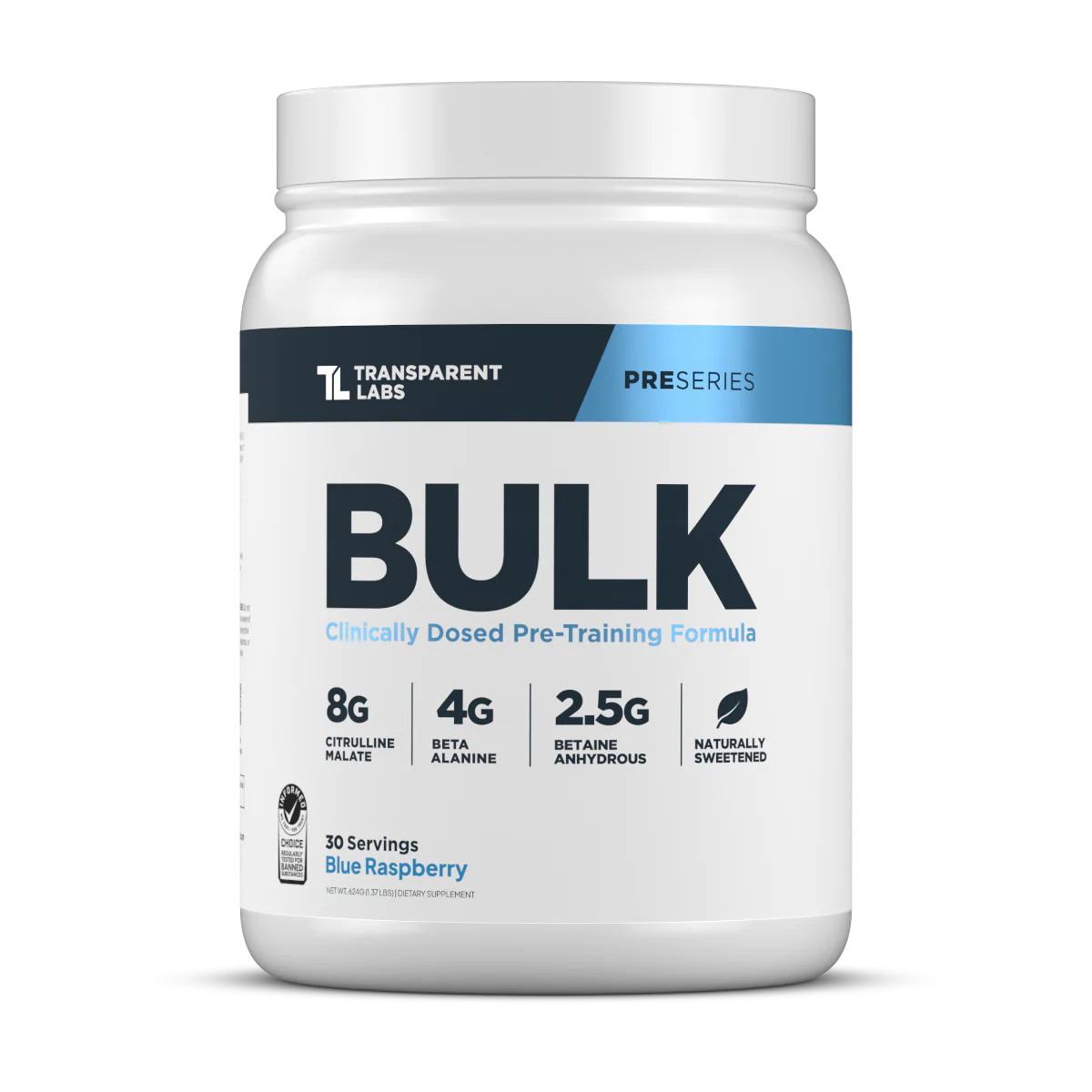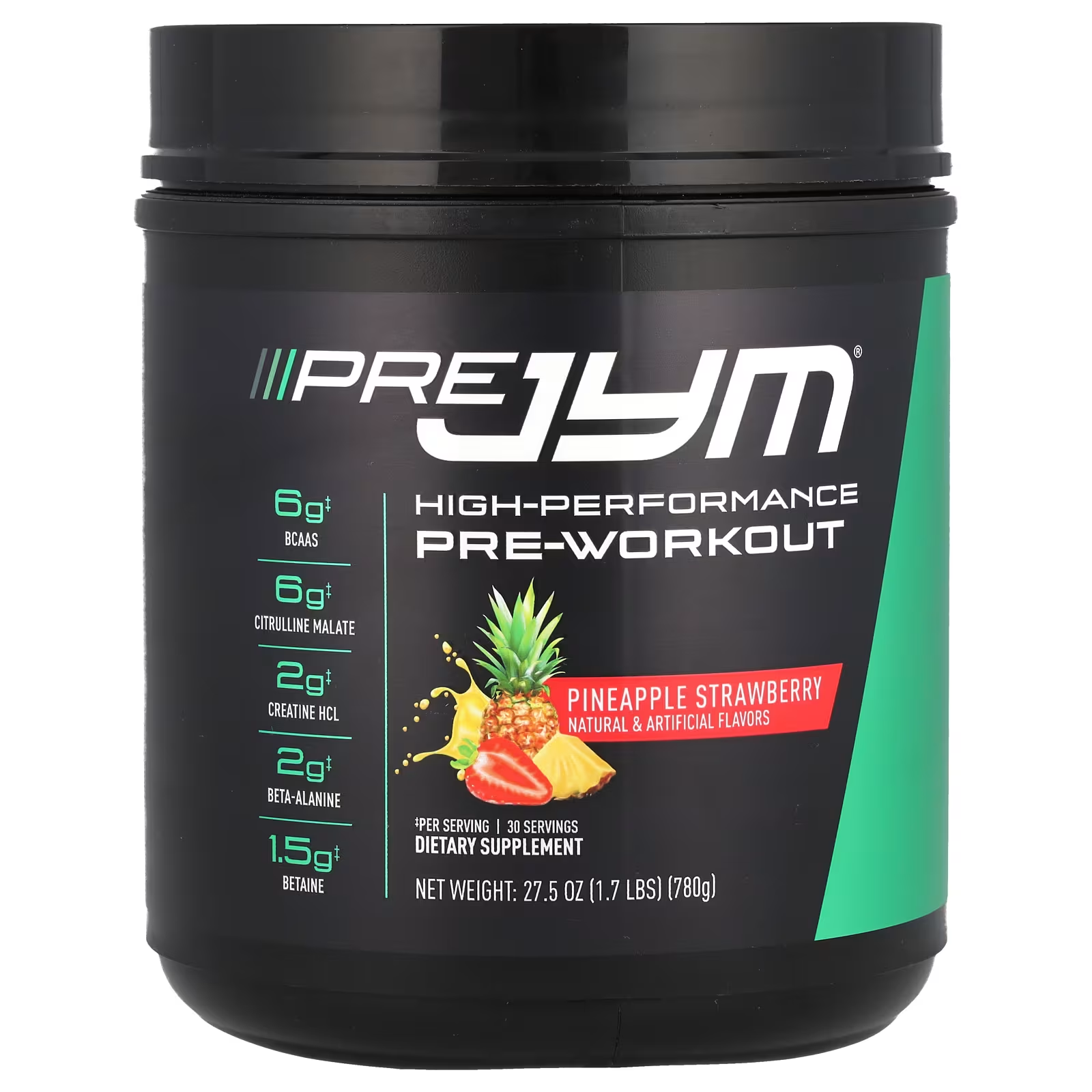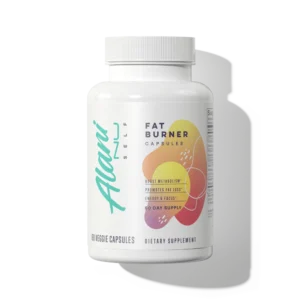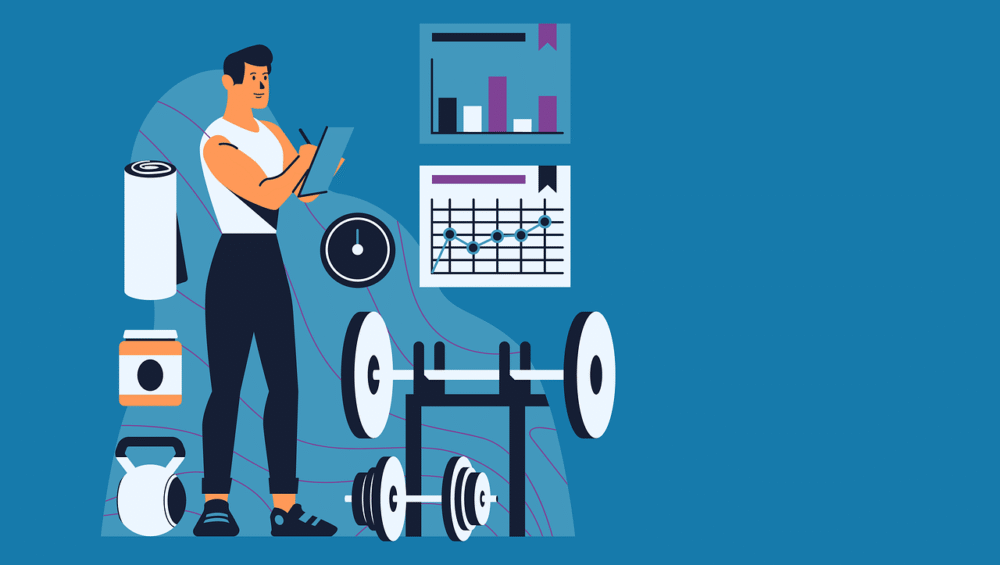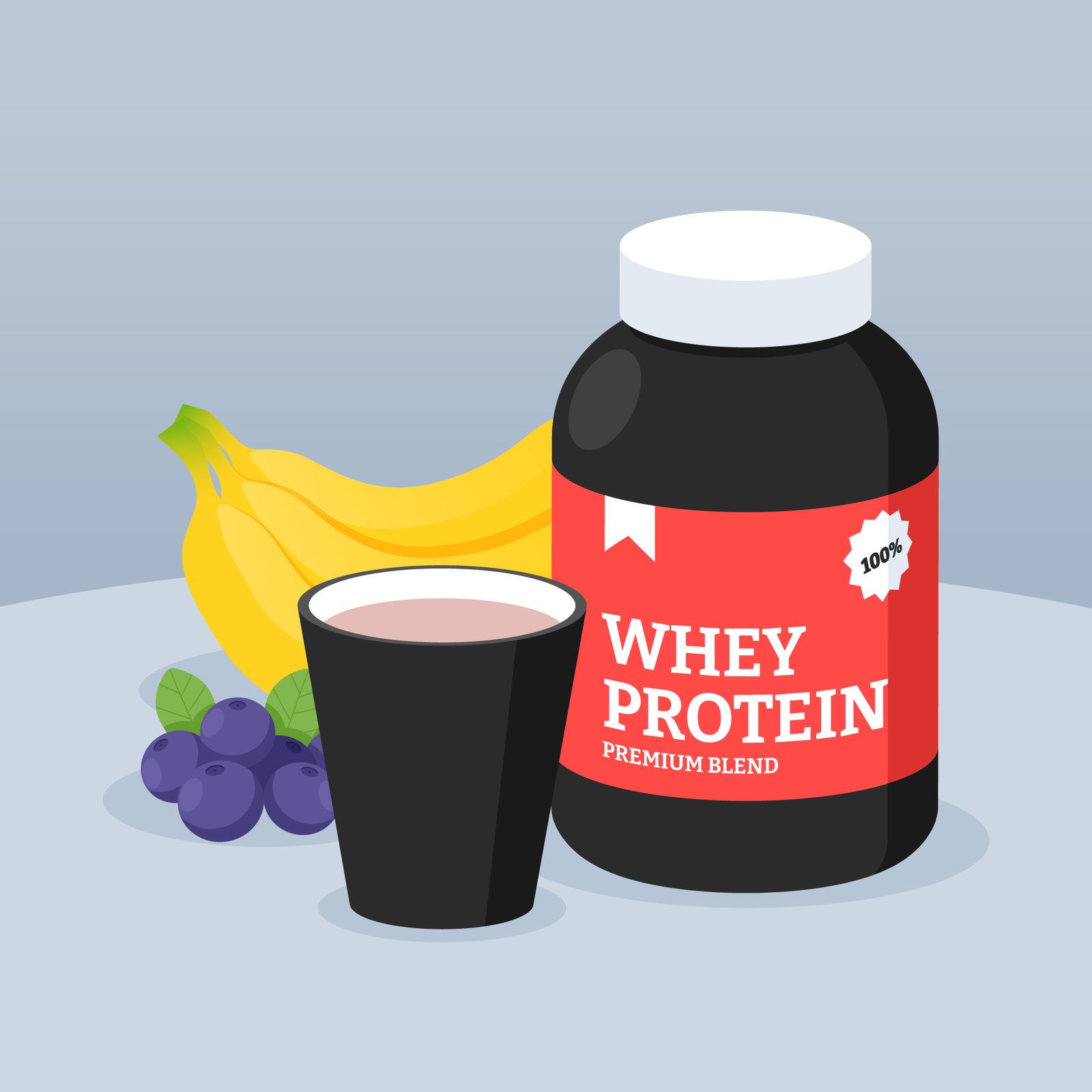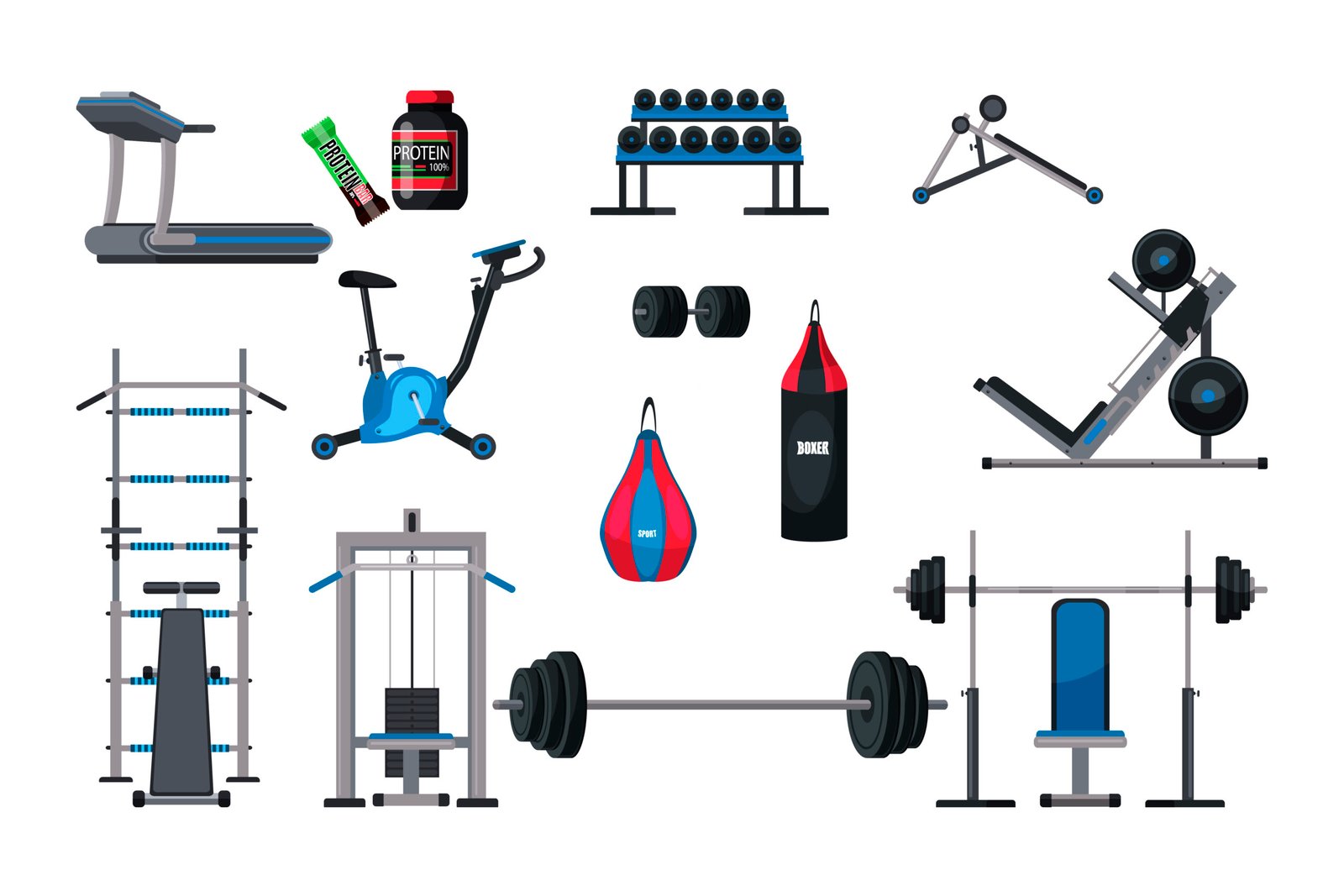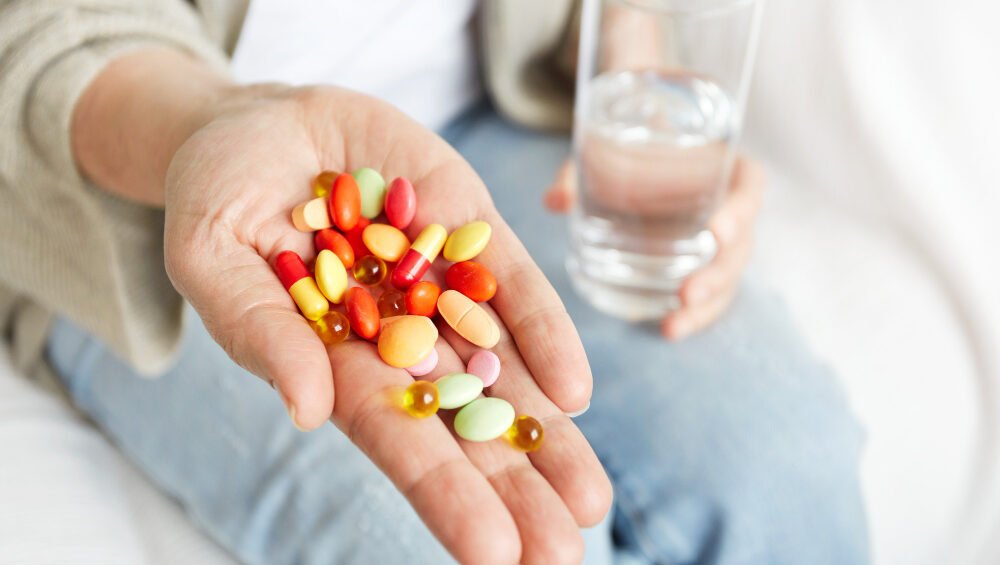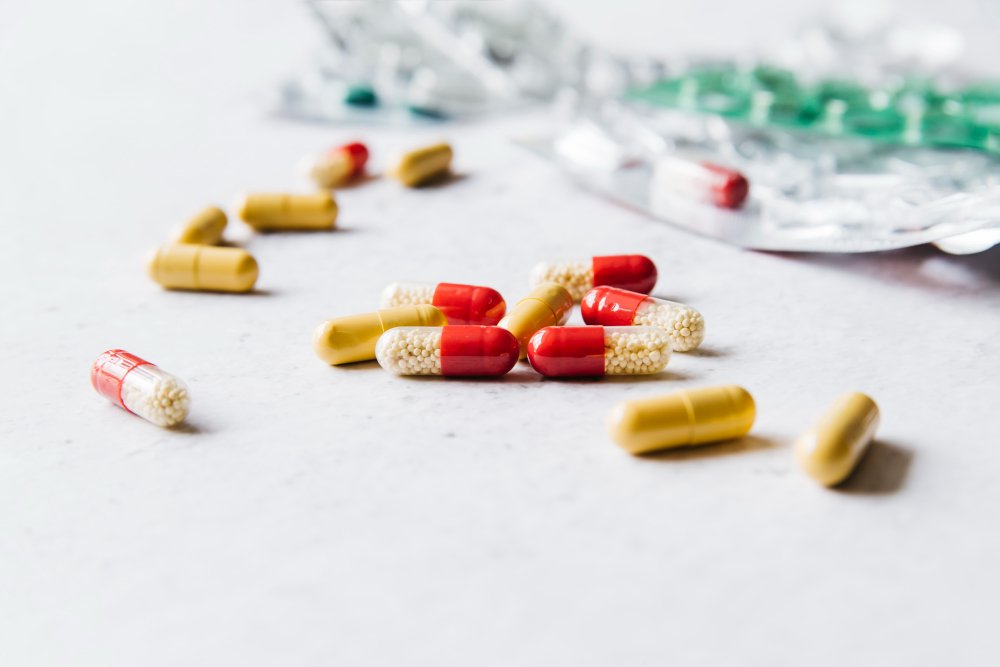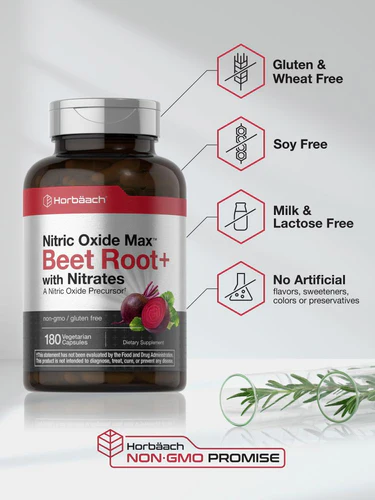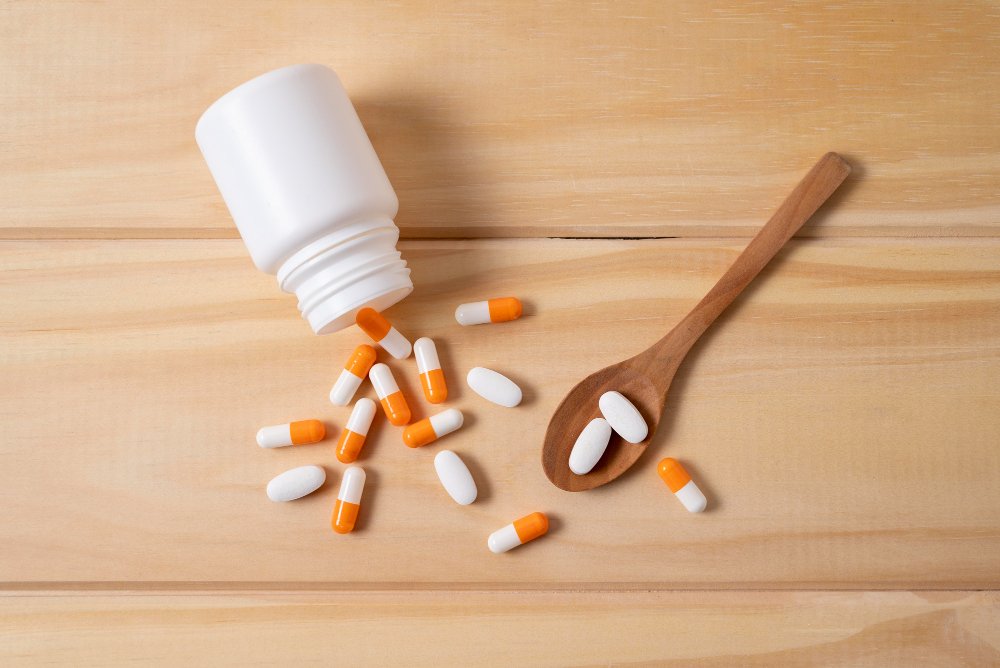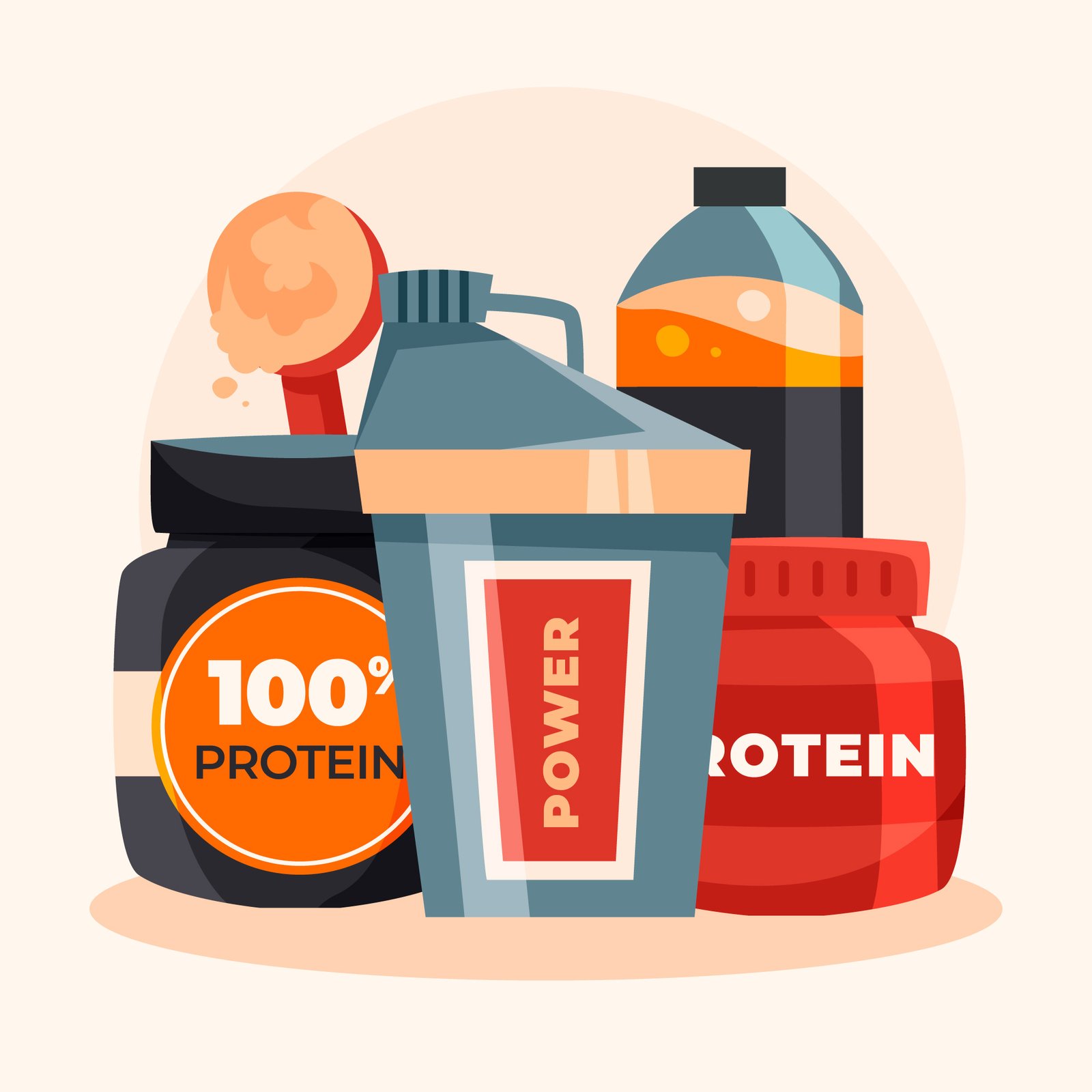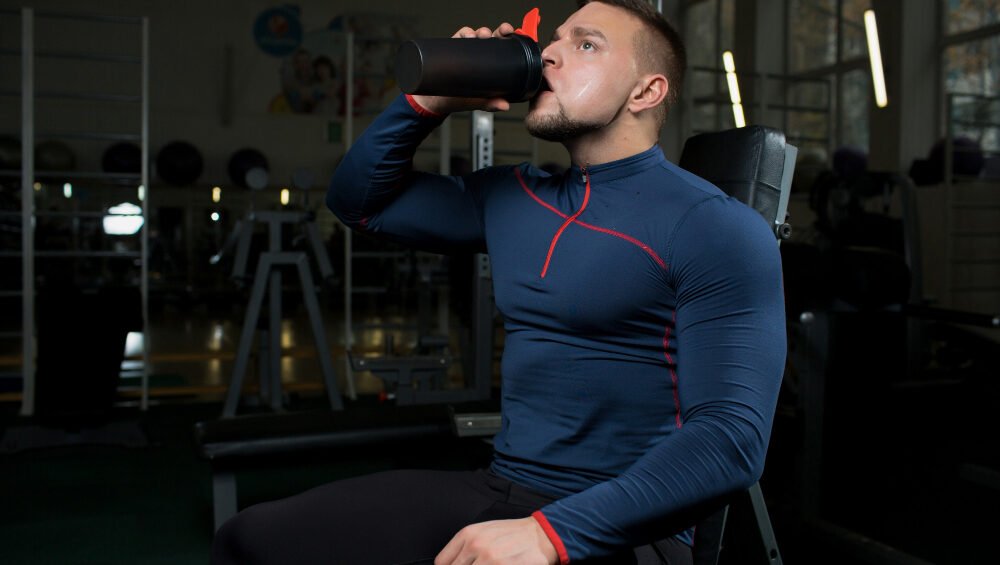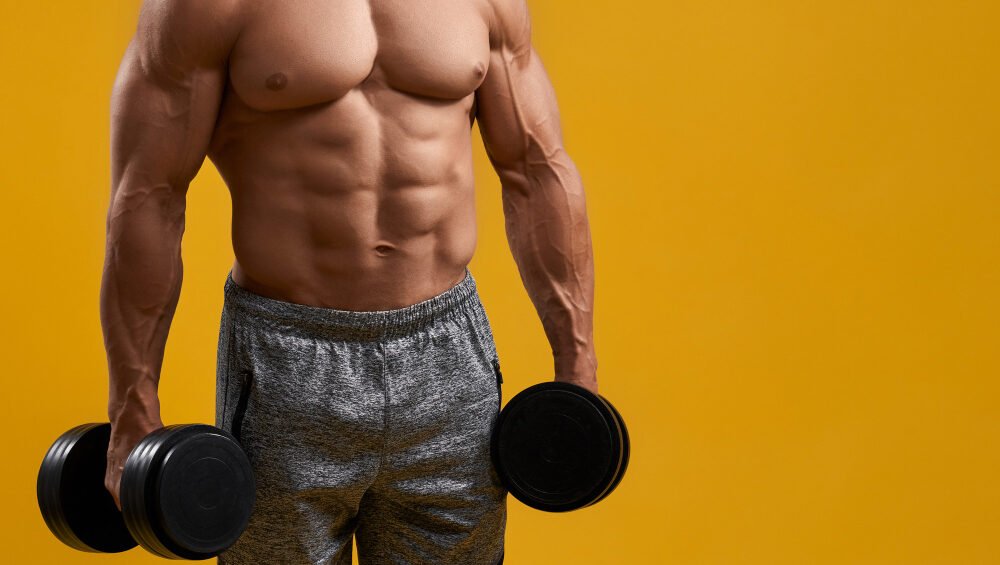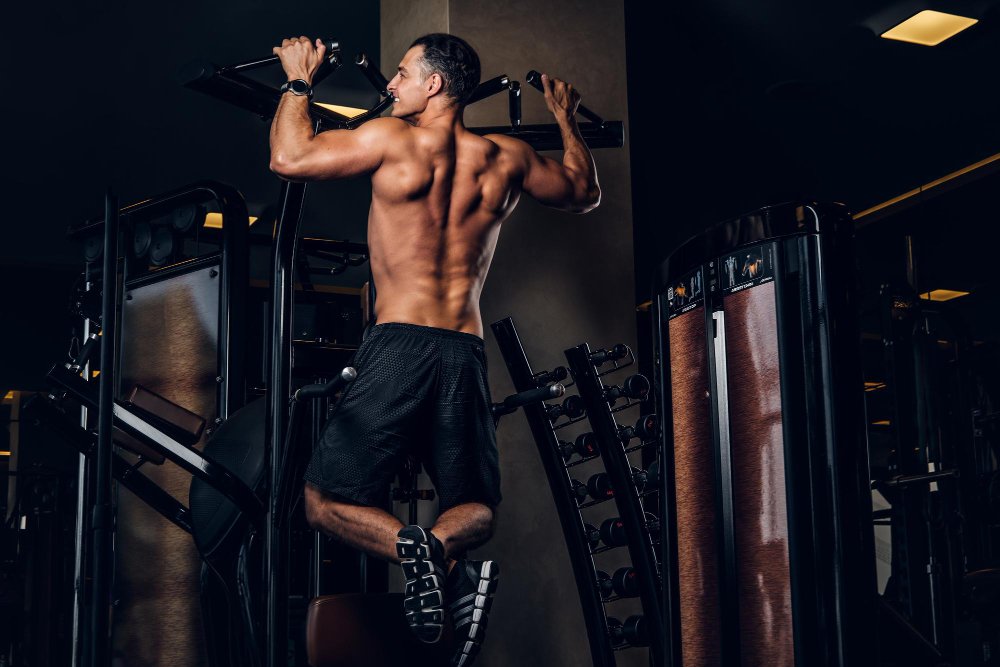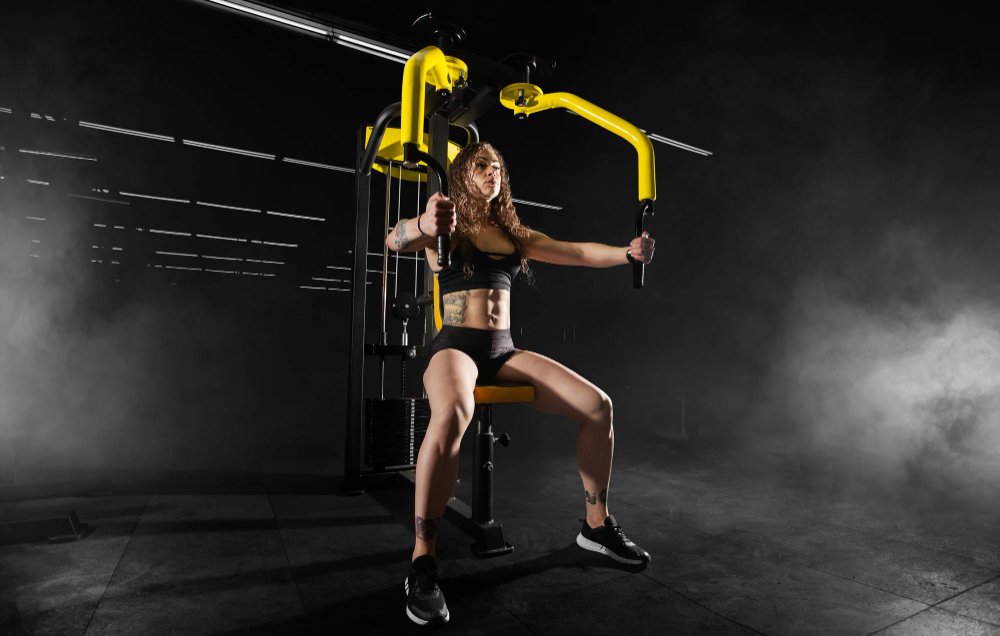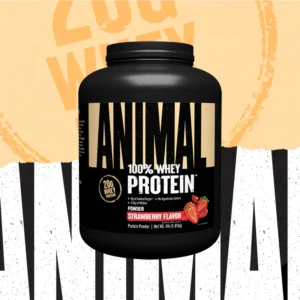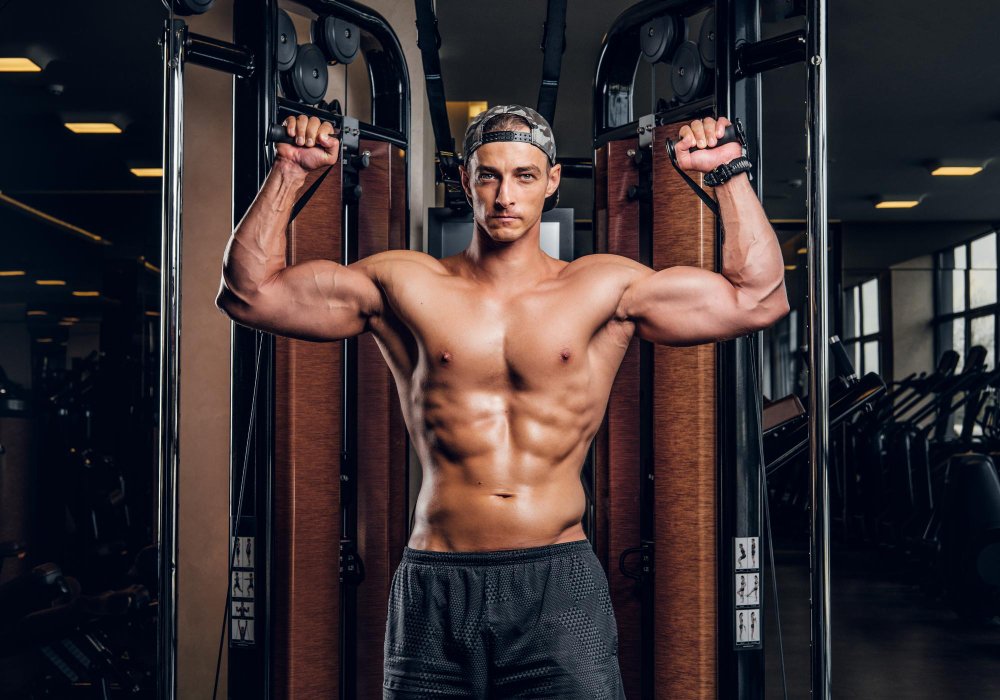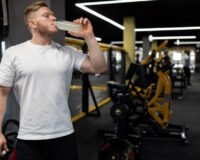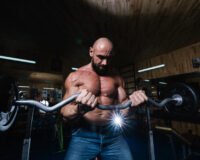Top Energy Supplements for Busy Professionals Who Train
The Modern Conundrum: High Performance in the Boardroom and the Gym
You are a modern-day high-performer. Your day is a meticulously orchestrated symphony of back-to-back meetings, strategic decision-making, relentless emails, and tight deadlines. But unlike many of your peers, you don’t let the corporate grind dictate your physical health. You carve out time, often early in the morning or late in the evening, to train. You understand that the discipline of the gym, the track, or the weight room is what fuels your mental resilience, sharpens your focus, and builds the physical fortitude to excel in all areas of life.
However, this demanding dual-life comes with a significant challenge: energy depletion.
The mental fatigue from a 10-hour workday can sabotage your workout motivation and performance. Conversely, the physical drain from an intense training session can leave you cognitively foggy for your next presentation. This is where the strategic use of evidence-based supplements can be a game-changer. They are not a replacement for sleep, nutrition, or stress management, but they can be powerful allies in bridging the energy gap.
This article moves beyond generic “top 10 supplement” lists. We will delve into the why and how—creating a tiered system based on scientific efficacy, safety, and specific use-cases for the busy professional who trains.
The Foundational Trinity: Non-Negotiables Before Supplements
Before we discuss a single capsule, it is critical to address the pillars that no supplement can ever replace. Ignoring these is like trying to build a skyscraper on sand.
- Sleep Quality and Quantity: Aim for 7-9 hours of quality sleep. This is when your body repairs muscle tissue, consolidates memory, and restores hormonal balance (including cortisol and testosterone). Poor sleep is the ultimate energy saboteur.
- Nutritional Foundation: Your body runs on macronutrients (protein, carbohydrates, fats) and micronutrients (vitamins, minerals). A diet rich in whole foods, lean proteins, complex carbohydrates, and healthy fats provides the fundamental building blocks for both mental and physical energy.
- Stress Management: Chronic stress elevates cortisol, which can lead to fatigue, poor recovery, and fat storage. Incorporate practices like mindfulness, meditation, or even short walks to manage your stress levels.
With these foundations solid, let’s explore the supplement tiers.
Tier 1: The Core Foundational Supplements
These are the supplements with overwhelming scientific backing for general health, performance, and filling common nutritional gaps in a busy lifestyle.

1. High-Quality Protein Powder
- Primary Benefit: Supports muscle repair and growth, promotes satiety, and provides a convenient source of nutrition.
- Why It’s Essential for You: After a demanding workout, your muscles are primed for protein synthesis. A fast-digesting protein like whey isolate or concentrate can kick-start this process, especially if your next meal is hours away. For the professional, a protein shake is a quick breakfast, a post-workout refuel, or a mid-afternoon snack that stabilizes blood sugar and prevents energy crashes.
- Forms & Timing:
- Whey Protein: Fast-absorbing, ideal post-workout.
- Casein Protein: Slow-absorbing, great before bed for sustained amino acid release.
- Plant-Based Blends (Pea, Brown Rice, Hemp): An excellent option for those with dairy sensitivities.
- Dosage: 20-40 grams post-workout or between meals.
2. Creatine Monohydrate
- Primary Benefit: Enhances strength, power output, and muscle growth. Also shows promising cognitive benefits.
- Why It’s Essential for You: Creatine is one of the most researched supplements in the world, with a stellar safety profile. It helps regenerate ATP (adenosine triphosphate), your body’s primary cellular energy currency. For your training, this means you can squeeze out one more rep, run a little faster, or recover more quickly between sets. For your brain, studies suggest it can reduce mental fatigue and improve cognitive performance during demanding tasks—a clear win-win.
- Forms & Timing:
- Creatine Monohydrate: The gold standard. Cheap and effective.
- No need for a “loading phase.” A consistent 5-gram daily dose is sufficient, mixed with water, juice, or your protein shake.
- Dosage: 5 grams daily, anytime.
3. Omega-3 Fatty Acids (Fish Oil)
- Primary Benefit: Powerful anti-inflammatory effects, supports brain health, heart health, and joint function.
- Why It’s Essential for You: Intense training creates inflammation. A desk job often leads to poor posture and achy joints. Mental work is demanding on the brain. Omega-3s (specifically EPA and DHA) address all three. They aid in workout recovery by modulating inflammation, support cognitive function and mood, and contribute to joint lubrication.
- Forms & Timing:
- Look for a supplement with high concentrations of both EPA and DHA (aim for a combined 1000-2000 mg per serving).
- Triglyceride form often has better absorption than ethyl ester.
- Dosage: 1-3 grams of combined EPA/DHA daily, with a meal.
Tier 2: The Performance & Energy Enhancers
This tier includes supplements specifically targeted at boosting energy, focus, and workout performance. This is where you can tailor your regimen to your specific needs.
-
MUSCLE MILK ZERO Protein Powder
$19.99 -
Zevia Peaches and Cream
$9.49 -
Zevia Orange Creamsicle
Original price was: $27.90.$23.71Current price is: $23.71.
4. Caffeine (The Strategic Ergogenic Aid)
- Primary Benefit: Increases alertness, reduces perceived effort, and enhances endurance and strength.
- Why It’s Essential for You: Caffeine is a proven performance enhancer, both mentally and physically. It can help you power through a 6 AM workout when you’re still half-asleep or provide a mental pick-me-up for a 3 PM slump without the sugar crash of a soda or latte.
- Forms & Timing:
- Pre-Workout Supplements: Often contain 150-300 mg of caffeine plus other ingredients (see below).
- Coffee/Tea: The classic, natural source.
- Caffeine Pills: For a precise, no-calorie dose.
- Timing is Key: Take 30-60 minutes before your workout or mentally demanding task. Avoid it too late in the day to protect sleep quality.
- Dosage: 3-6 mg per kg of bodyweight. For a 180 lb (82 kg) person, this is 250-500 mg. Start on the lower end to assess tolerance.
5. Beta-Alanine
- Primary Benefit: Buffers acid in muscles, delaying fatigue during high-intensity exercise.
- Why It’s Essential for You: If your training involves HIIT, sprinting, or sets of 8-12 reps in the gym, Beta-Alanine can be a powerful tool. It allows you to maintain intensity for longer, leading to greater training adaptations over time. The tell-tale sign is a harmless “paresthesia”—a tingling sensation on the skin.
- Forms & Timing:
- Often included in pre-workout formulas.
- Consistency is more important than acute timing. A daily dose of 4-6 grams, split into 2-3 servings (e.g., 2 grams with breakfast, 2 grams pre-workout) can minimize tingling.
- Dosage: 4-6 grams daily.
6. L-Theanine
- Primary Benefit: Promotes a state of “calm alertness,” reducing the jitters and anxiety sometimes associated with caffeine.
- Why It’s Essential for You: This is the professional’s secret weapon. When combined with caffeine (a classic “smart drug” stack), L-Theanine smooths out the energy spike, enhancing focus and cognitive performance while mitigating negative side effects. This is perfect for both a focused workout and for staying composed during a high-stakes negotiation.
- Forms & Timing:
- Take it with your caffeine source. A typical ratio is a 2:1 ratio of L-Theanine to Caffeine (e.g., 200 mg L-Theanine with 100 mg Caffeine).
- Dosage: 100-400 mg, paired with caffeine.
Tier 3: The Recovery & Adaptation Optimizers
These supplements support your body behind the scenes, enhancing the quality of your recovery and ensuring you get the maximum return from your training efforts.
7. Vitamin D3
- Primary Benefit: Crucial for bone health, immune function, and testosterone production. Modulates inflammation.
- Why It’s Essential for You: Many professionals are “D-ficient” due to long hours indoors. Low Vitamin D is linked to low energy, poor mood, suboptimal immune function, and slower recovery. Correcting a deficiency can have a profound impact on overall vitality.
- Forms & Timing:
- Vitamin D3 is the preferred form over D2.
- Take with a source of dietary fat for better absorption.
- Dosage: 1000-5000 IU daily. It’s best to get your levels tested to determine your ideal dose.

8. Magnesium
- Primary Benefit: Involved in over 300 biochemical reactions, including muscle relaxation, nerve function, and energy production.
- Why It’s Essential for You: Training depletes magnesium. Stress depletes magnesium. This mineral is critical for calming the nervous system and promoting deep, restorative sleep. A deficiency can manifest as muscle cramps, irritability, and insomnia.
- Forms & Timing:
- Magnesium Glycinate or Bisglycinate: The best form for sleep and relaxation, taken 30-60 minutes before bed.
- Magnesium Citrate: More commonly used for digestive regularity.
- Dosage: 200-400 mg of elemental magnesium before bed.
9. Branched-Chain Amino Acids (BCAAs) & Essential Amino Acids (EAAs)
- Primary Benefit: BCAAs (Leucine, Isoleucine, Valine) can reduce muscle breakdown during fasted training. EAAs (which include all 9 essential amino acids) are more comprehensive and can stimulate muscle protein synthesis.
- Why It’s Essential for You: If you train in a fasted state (e.g., first thing in the morning), BCAAs/EAAs can be beneficial to prevent catabolism. They can also be useful for intra-workout hydration and fuel during very long or intense sessions. However, if you consume adequate protein throughout the day, their necessity is reduced.
- Forms & Timing:
- EAAs are generally considered superior to BCAAs as they provide the full spectrum of building blocks.
- Use intra-workout, especially during fasted or prolonged training.
- Dosage: 10-15 grams of EAAs intra-workout.
Building Your Personalized Supplement Stack
You don’t need to take everything listed here. Start slowly and build based on your goals, budget, and feedback from your body.
Sample Stacks:
- The “Foundational” Starter Stack:
- Morning: Multivitamin, Omega-3s, Vitamin D3.
- Post-Workout: Protein Powder, Creatine (mixed in).
- Evening: Magnesium Glycinate.
- The “High-Performance & Focus” Stack:
- Pre-Workout/Morning Meeting: Caffeine (100-200 mg) + L-Theanine (200-400 mg).
- Post-Workout: Protein Powder, Creatine.
- Daily: Omega-3s, Vitamin D3.
- Evening: Magnesium Glycinate.
- The “Enhanced Recovery” Stack:
- Intra-Workout: EAAs (if training fasted or long duration).
- Post-Workout: Protein Powder, Creatine.
- Daily: Omega-3s, Vitamin D3, Beta-Alanine (split dose).
- Evening: Magnesium Glycinate.
Critical Considerations: Safety, Quality, and Mindset
1. Quality Over Quantity: The supplement industry is not tightly regulated. Choose brands that are transparent and use third-party testing from organizations like NSF International, Informed-Sport, or USP. This verifies that what’s on the label is in the bottle and that the product is free from contaminants.
2. Consult a Professional: Before starting any new supplement regimen, especially if you have pre-existing health conditions or are taking medication, consult with a physician or a registered dietitian.
3. More is Not Better: Adhere to recommended dosages. The goal is to support your body, not to overwhelm it.
4. Supplements Supplement, They Don’t Replace: They are the 5-10% optimization on top of the 90% that is your training, nutrition, and recovery.
Conclusion: Mastering Your Energy Economy
For the busy professional who trains, energy is the most valuable currency. By first solidifying your foundational habits of sleep, nutrition, and stress management, you can then strategically deploy a targeted supplement regimen to protect that currency and make it work harder for you.
Start with Tier 1 (Protein, Creatine, Omega-3s) to build your base. Then, intelligently incorporate elements from Tier 2 (Caffeine + L-Theanine, Beta-Alanine) to amplify performance and focus precisely when you need it. Finally, use Tier 3 (Vitamin D, Magnesium, EAAs) to optimize your recovery, ensuring you wake up each day ready to conquer both the boardroom and the gym. This systematic, evidence-based approach is the true secret to sustaining high performance in every facet of your demanding life.
Disclaimer: This article is for informational purposes only and does not constitute medical advice. Always consult with a qualified healthcare professional before making any changes to your diet, exercise, or supplement routine.


